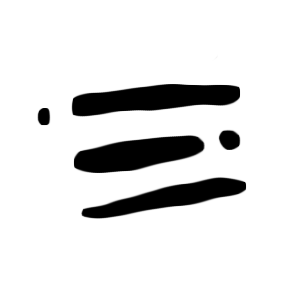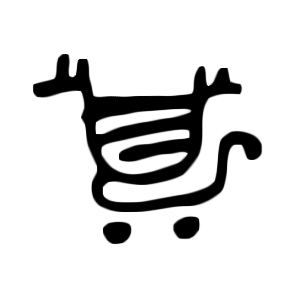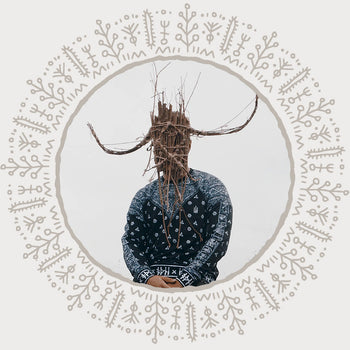Ancient Symbols
← BackIn this article I will cover the most common interpretations and widely agreed upon meanings for these symbols but I also think it's important to keep in mind that no one person can claim to know what these meant to people back then. If someone claims to know or have some inside information on ancient symbols then I highly suggest disregarding their take on these cause it's likely they have an agenda. Hopefully this article will help you draw inspiration and ideas from the people in the past though, be it for your artwork, writing, tattoos or whatever you enjoy doing!
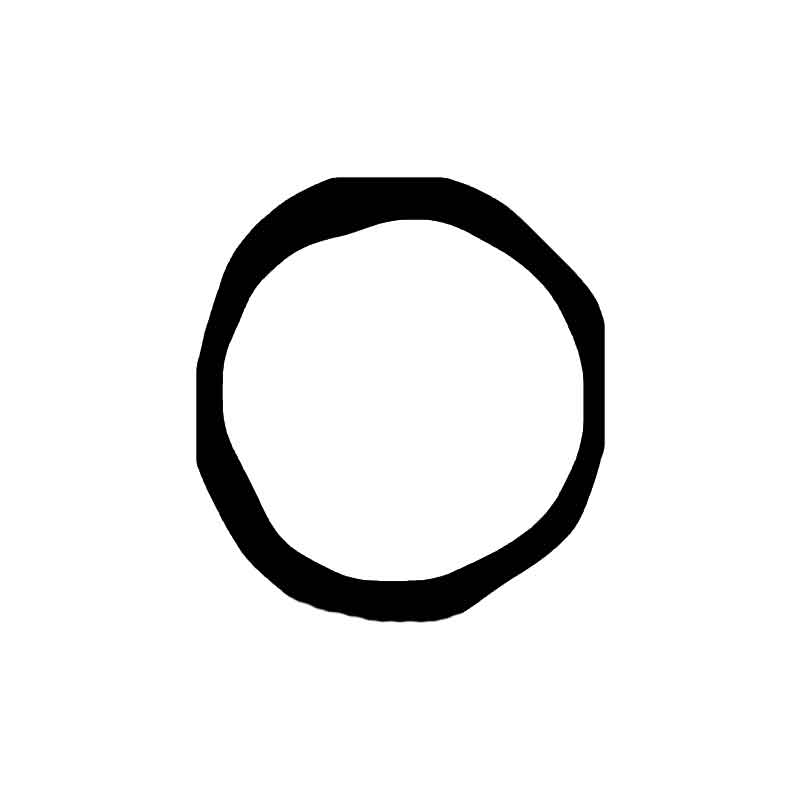
Sun, Sprout, Moon and Eternity
-
Used almost everywhere to symbolize the sun but sometimes the moon as well, with the sun being more decorated and moon being an empty circle or a half circle to symbolize the moon cycle. If the circle is added to a pole it could symbolize a human or a leaf/sprout as with the tree of life that I’ll explain further down, Later on in sigils and galdrastafir a ring around the symbol would mean to contain the powers of that symbol - this is probably from Solomons sigils where a circle around would contain the demon inside the sigil that is being summoned.
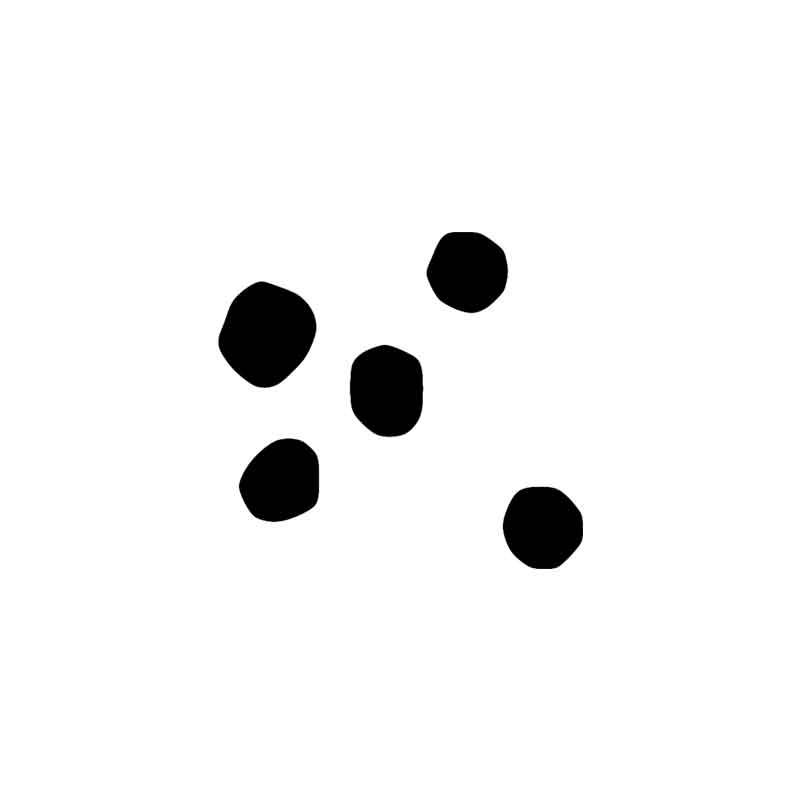
Landmarks, sacrificial area, population, the atom of any artwork as all begins with a dot
-
Use is unknown but in tapestry it’s a substitute for lines. In petroglyph art it’s speculated that it could’ve been a measurement of some sorts for a distance between two objects, perhaps a grove and a village but it’s uncertain. It’s also plausible that stones were carved with sacred symbols and the dots were then used as a place to crush seeds or herbs in to empower them similar to how wheat and coffee powder are made. The dot is usually a supplementary symbol, meaning that other symbols are needed for it to give meaning to them. For example the dots on the letters ö and ä or the letter i and so on - the same is with symbols. If a dotted line is between two petroglyph warriors then it probably means a border. Dots could also be from constellations, as back then people would stare at the sky and draw symbols between the different stars and perhaps draw or carve them the next day on rocks.
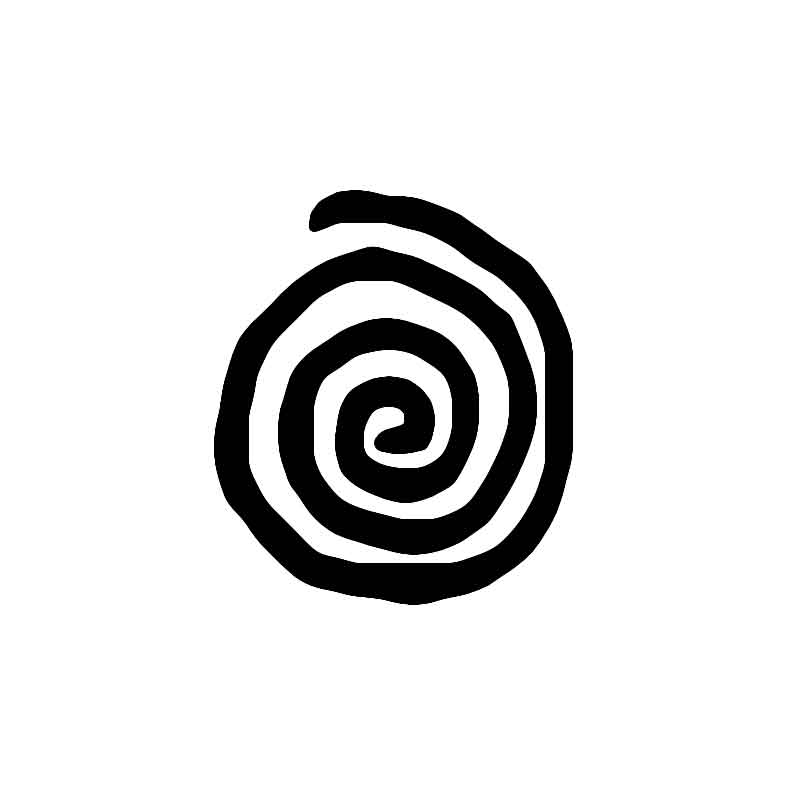
Creation, fertility, growth
-
It’s seen on burial sites and is associated with journey and perhaps the underworld or a journey into a new existence. The spiral is also associated with the magic of the Vikings (I use this word to turn up in search engines forgive me) called Seidr (seiðr). Seen on the trispiral of pre Celtic origin as well in Mexico there is a thing called sun dagger where the sun would shine upon a spiral and thus indicating what part of the year it is with equinoxes and solstices aligning with the spiral being marked. Spirals have been connected with sunrise and the moon phases as well but they are dominantly very positive symbols.
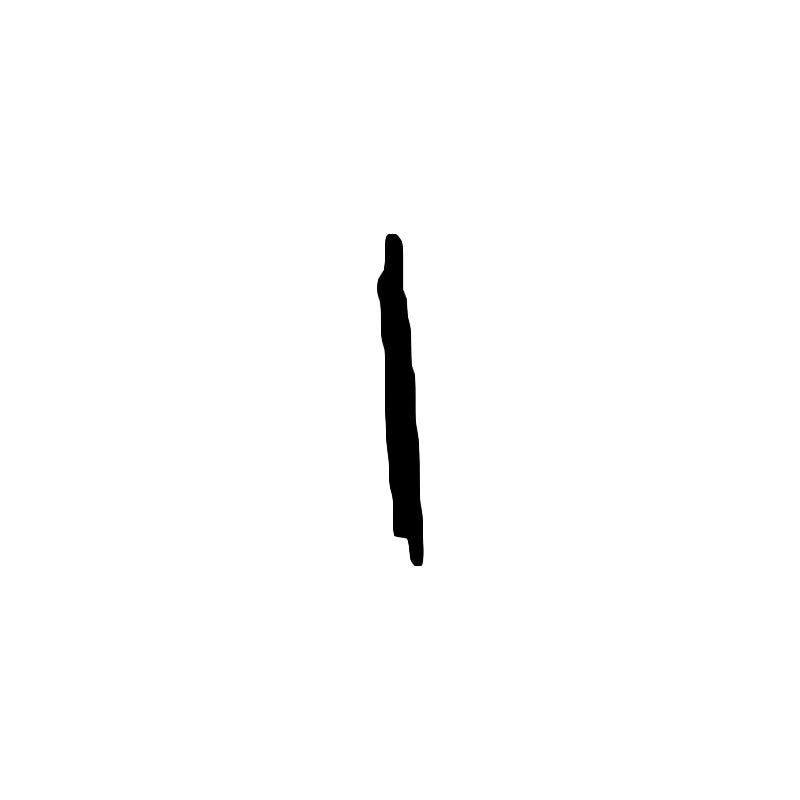
Connection
-
Supporting the earth and the heavens, the road between the the ground and the skies. With the top part being connected to the sky with the polestar. On tapestries or between two different symbols it would mean the division of the two, subtracting the meanings and leaving only the unique parts of each symbol.
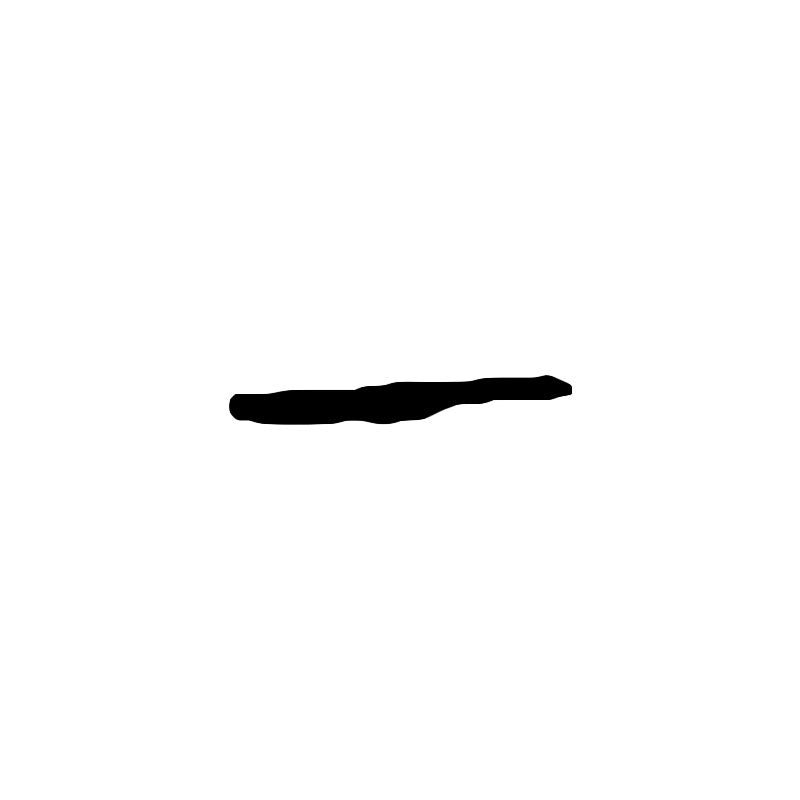
Something distant, Empowering
-
Many different meanings. Most common I’ve come across is that it symbolizes the meaning of the horizon something very far and unreachable thus having great power and mystery to it. In tapestry it could be just as a stylization element but there are survived meanings for this in Estonia and Finland, they are that a line above a symbol would increase its power and when it’s under it multiplies the symbols meaning and if the sign is between two symbols it joins their powers.
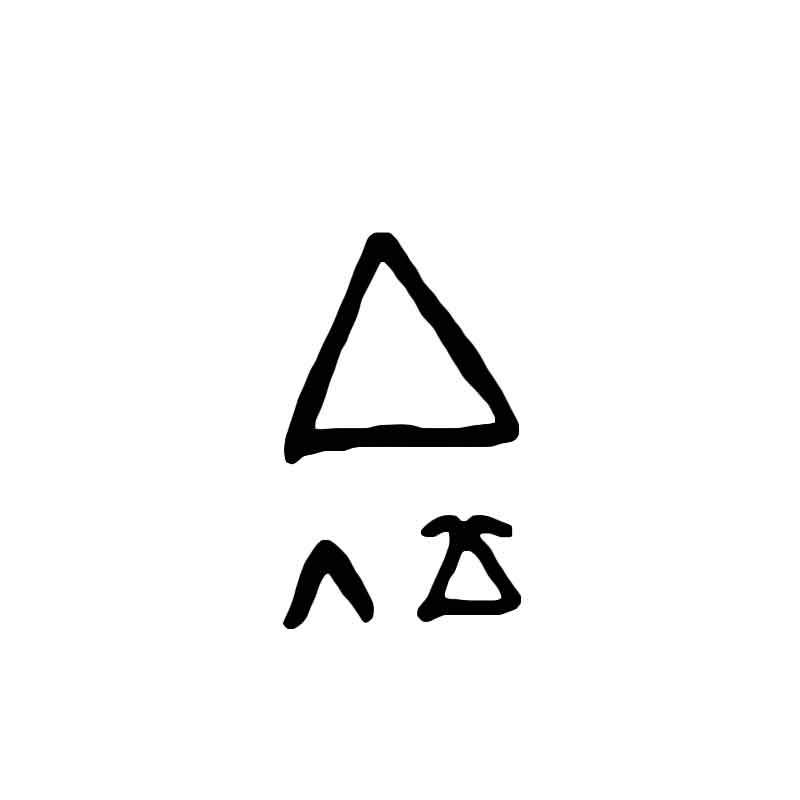
A lot but mainly - Fire, Growth, Rebirth and Fertility, Sign of the gods
-
A triangle really depends on the context. In addition to those mentioned above it can mean a tent/home, symbolize movement and the cycle of the sun or moon. A triangle could mean royalty or heritage with two tips being the king and queen, mother and father and the single tip being the next ruler in line. A triangle pointing upwards could mean the sign of a god or gods since it was believed in most european cultures that gods lived above our world in the sky and the triangle pointing upwards was pointing at them. A triangle pointing downwards would instead mean earth spirits and earth itself as well as humans and villages.
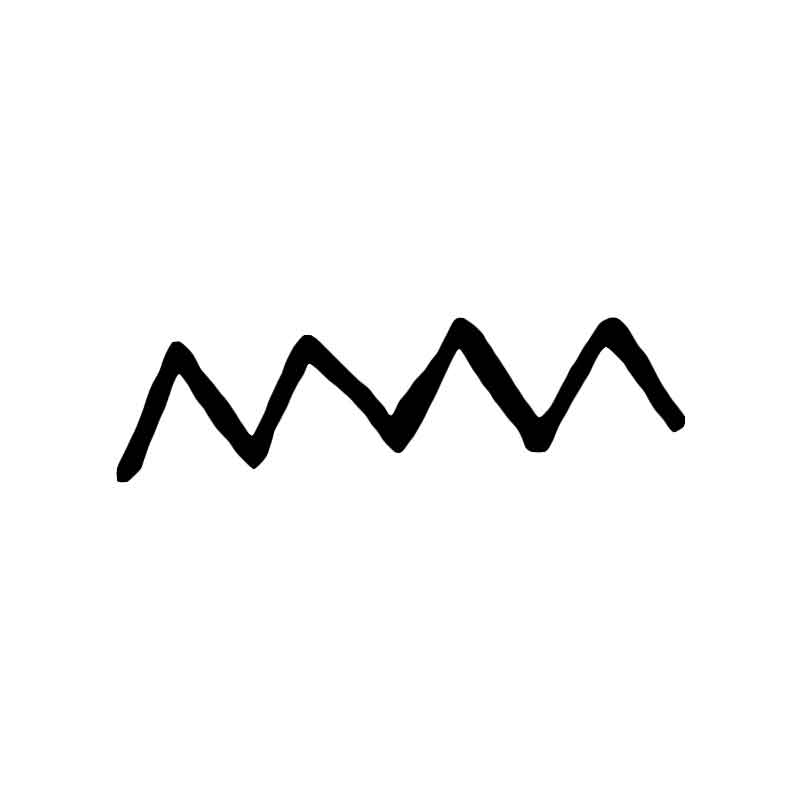
Water, Mountains, Transfering Energy, Motion
-
Mostly based on tapestries and artwork, its most prominent meaning is water. It could also be just a decorative element or symbolize a forest with the triangles being the tip of the trees but this depends on which symbols surround the symbol.
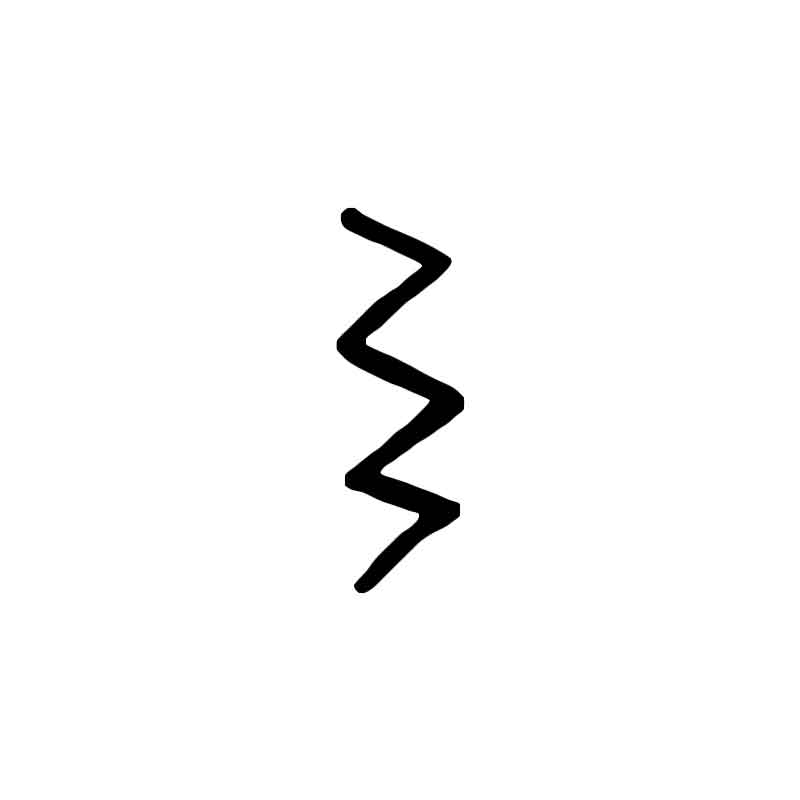
Lightning, Sunray
-
This also ties into the Swastika with that symbol being for thunder and the thunder god Thor. A column of triangles would depict lightning or a ray of sun and would later evolve to be the sōwilō rune which represents sun.
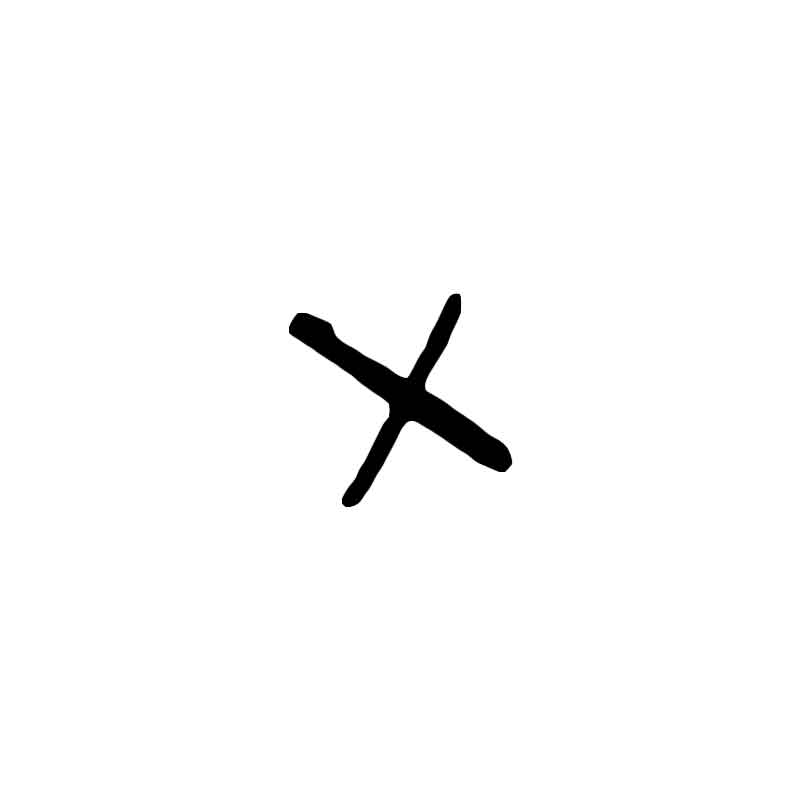
Protection, sunshine, on land it would mean connection to the underworld
-
The cross has its origins probably in the sun most specifically the rays of sun. Crosses are most commonly associated with protection and the force of good and empowering positive outcomes. The protection against especially evil beings like werewolves, the undead(a combination of vampire and zombie today) and people who wish you harm. Combining a regular and diagonal cross we get one with 8 tips which would mean protection against all directions and against everything really. Crossroads themselves would be associated with the connection to the underworld and usually in these places sacrifices were made to speak to the spirits.
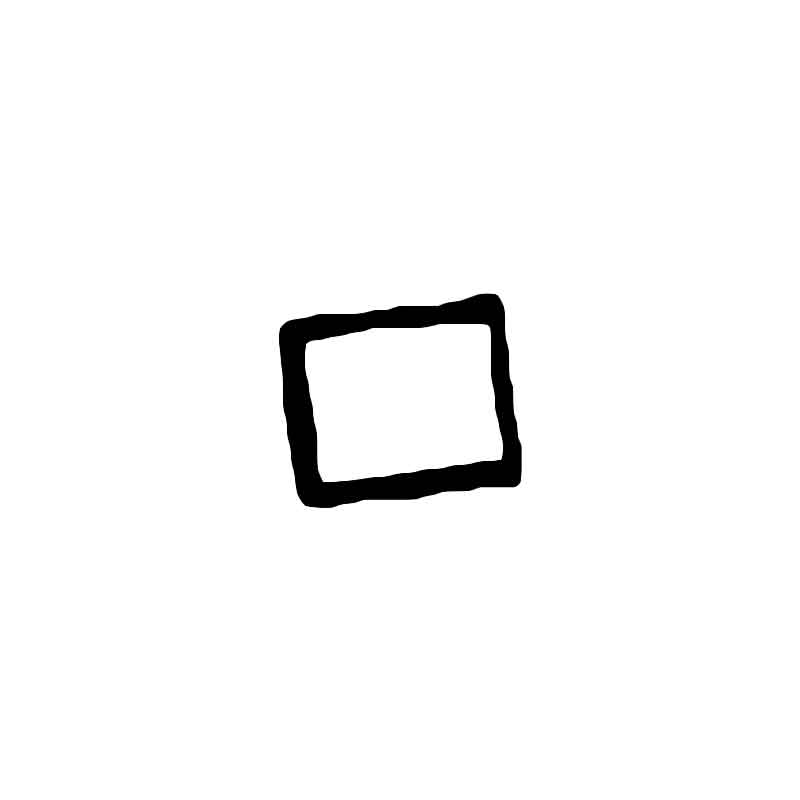
Connection, Meeting place, Household
-
A square could mean a plethora of things. Most common I’ve seen are a meeting place or a center of a town or such as well as a connecting place. It could also mark belonging of people like a way to group up elements inside it. It’s always used as a complementary element rather than alone
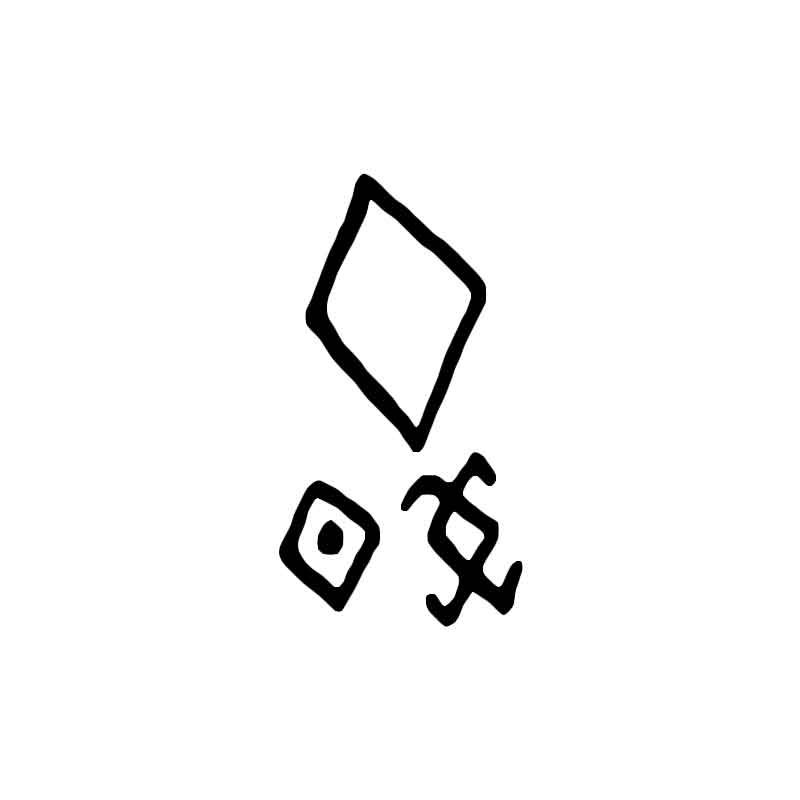
Fertility, Womb, Crops
-
Most common representation for it is fertility both for women and the earth. A rhomb with a circle in the middle would mean a crop and when there are hooks on the end of the symbol then those probably meant sprouts. The meaning of this dates back to the neolithic age.
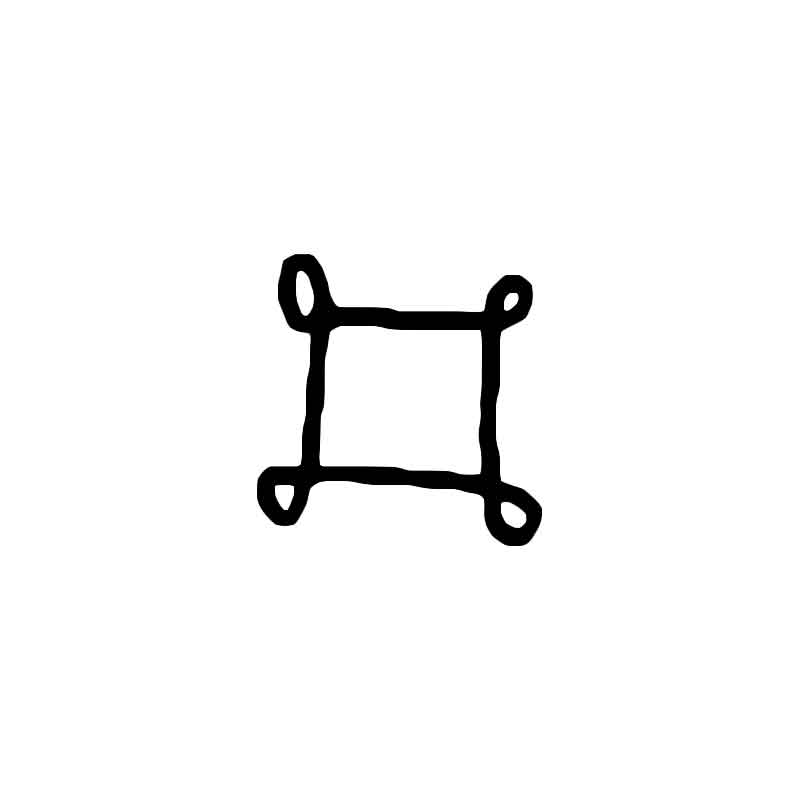
Unity, Protection, Infinity, Universe, Warning, Decoration
-
The symbols meaning is kind of foggy and its origin as well, it is widely used for decorative purposes - filling in an empty space. But the loop is endless thus it’s likely related to infinity as with similar symbols and with this symbol it’s also important to see what other symbols surround it. It’s also drawn above doors or on gravestones so we can derive from that it protects against evil spirits or keeps evil at bay
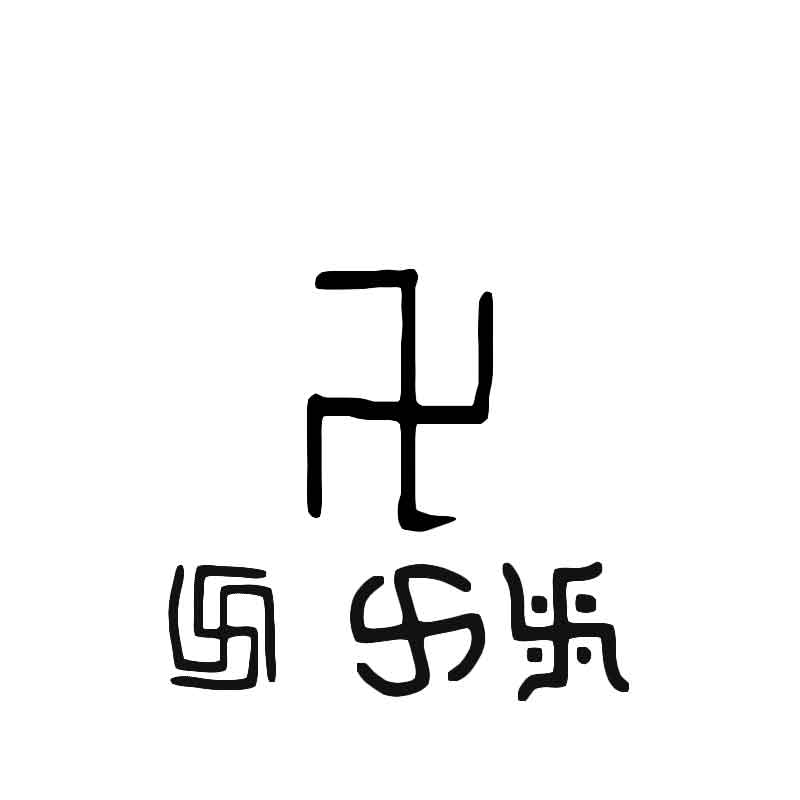
Sunwheel, Movement, Progression, Lightning, Fertility, Thors hammer Mjölnir in motion
-
Probably the most butchered meaning and people still continue to butcher it today. Extremists on both sides have given this symbol a meaning that it no way deserves and it’s sadly banned in some countries thus both sides decide to keep that negative symbolism with it and give that negative meaning even more power when we could as well move past that horrible time. One of the most sacred symbols of our folk, it symbolized a sunwheel in motion. It was associated with the lightning deities of different cultures like Thor, Taranis, Taara, Ukko, Thunar and so on. Associated with the sun it was also a symbol tied in with fire, it’s said to help against sickness, the magic of your foes and evil spirits.
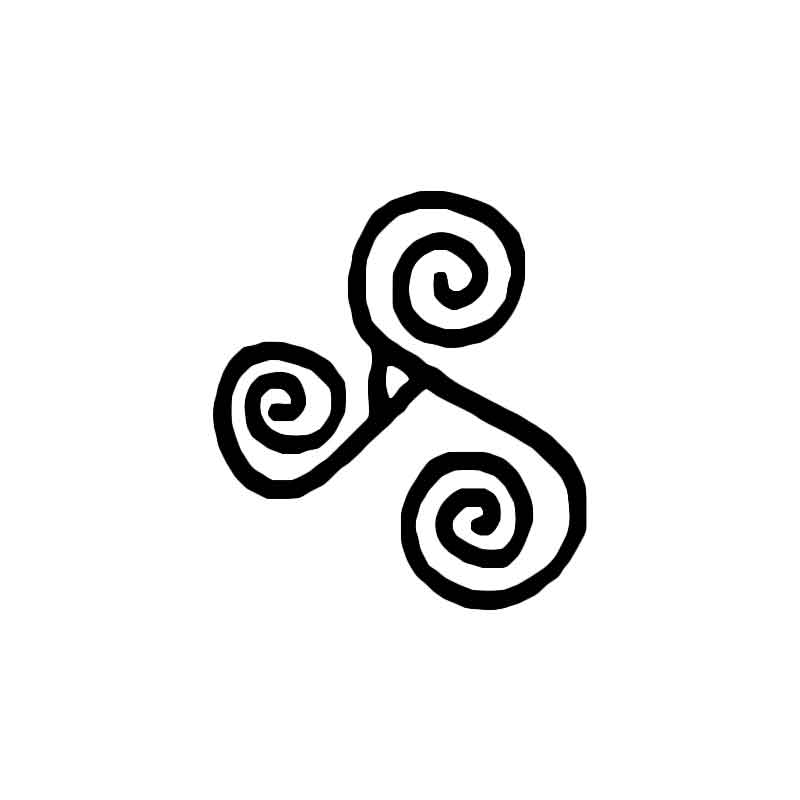
Ward against evil, the moon or the sun, Odin, fertility
-
Close relative to the swastika, this was to symbolise the moon and the three stages of our moon. It could also represent the sun or the stead of the sun. It’s believed the triskele wards off evil spirits.
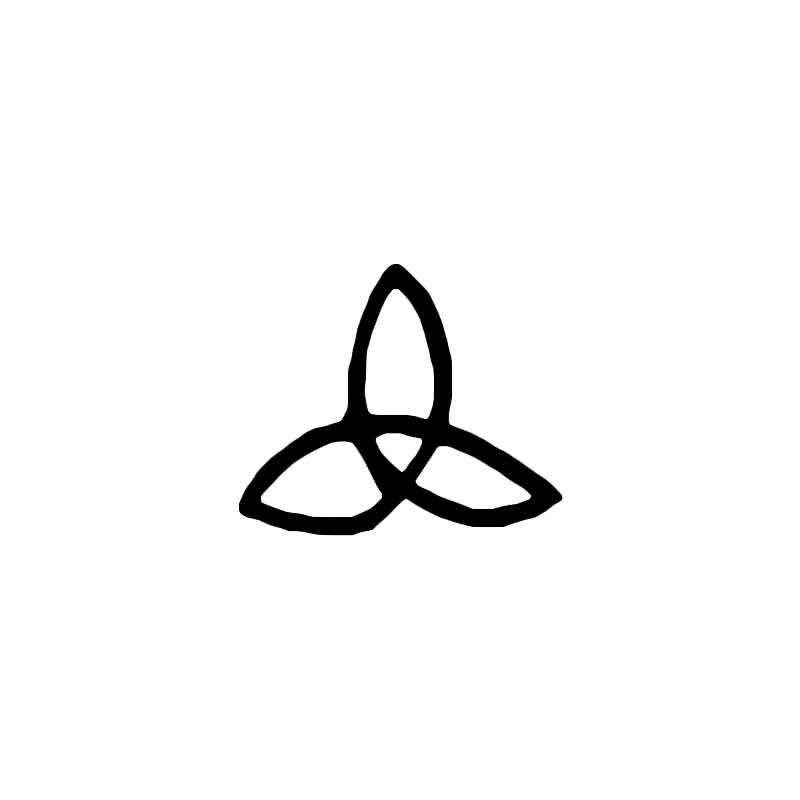
Dynamic energy, flow
-
This symbol has it’s similarities with the Valknut and perhaps it’s often sharing the meaning. It is often used with other symbols rather than alone and added into rock carvings and tapestries to fill spaces so it’s often used as a decorative element.
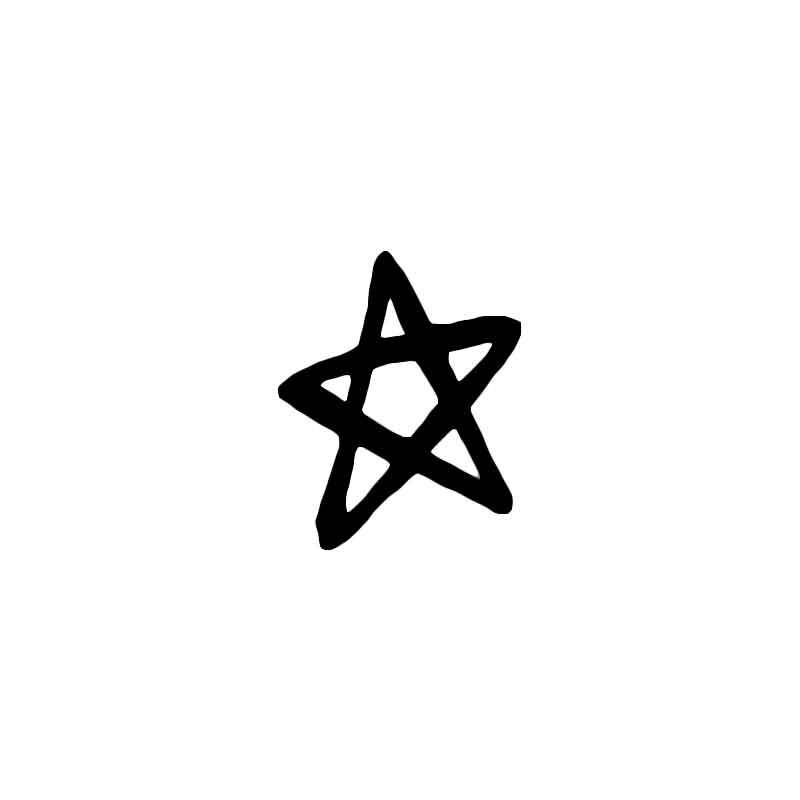
Fire, life power
-
To protect against fire and evil spirits, it was associated with the rowan berries since they have a pentagram at their tip. The rowan berries were spilled around the yard of a farmstead to protect against fire breaking out.
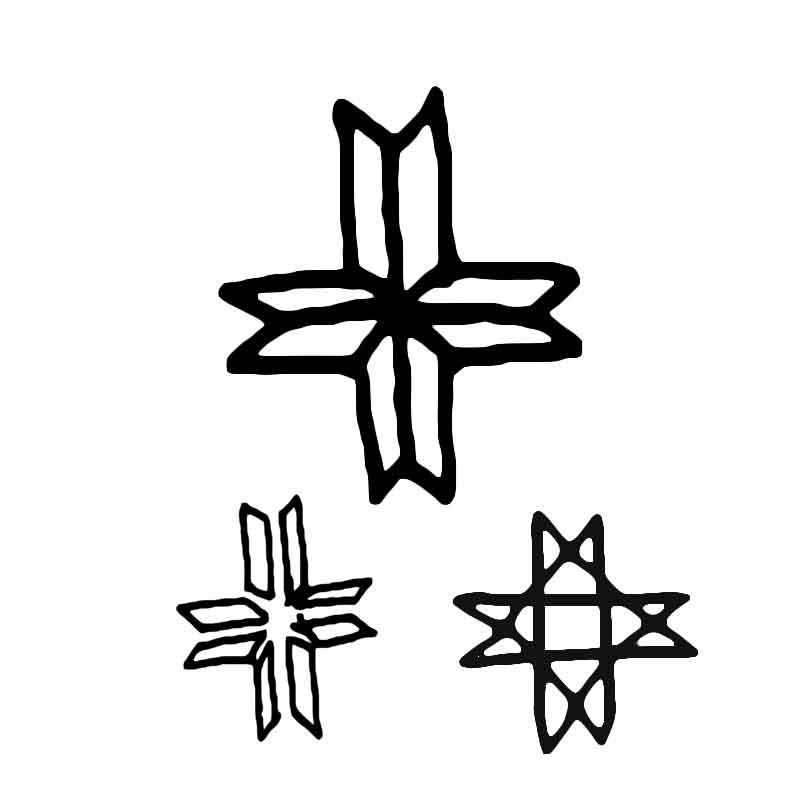
Luck, Protect against mistakes, repair wrong doings, empower containing symbols
-
Often the insides are decorated with other symbols or patterns, the symbols inside the hexagram would then be set in motion and empowered. The symbol is connected to the winter and especially Yule and it’s most likely a representation of the Polestar and called the star of luck.
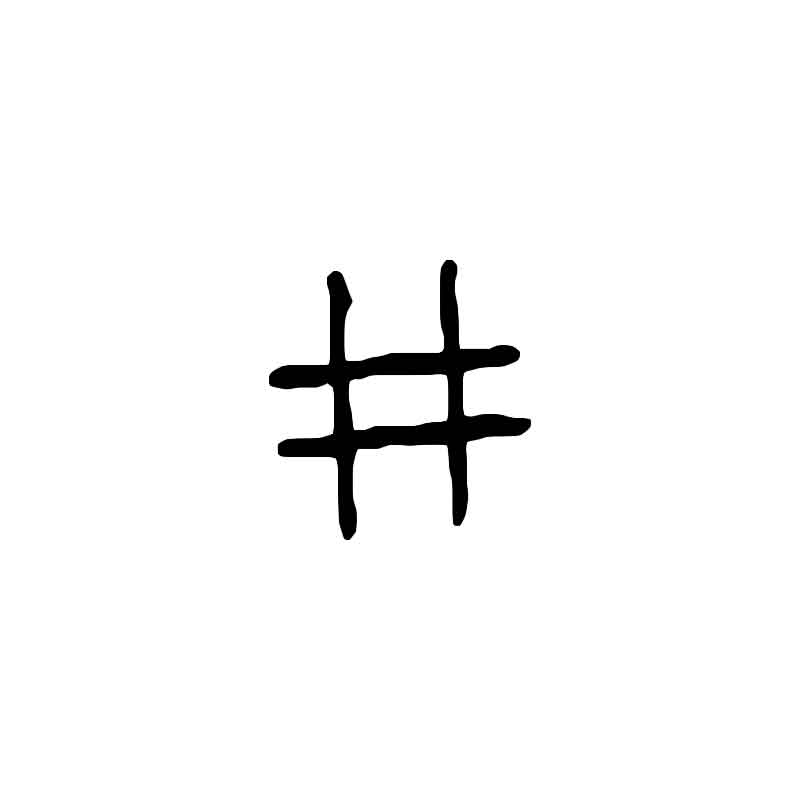
A door to somewhere, home/farmstead , field fertility
-
This symbolises the cells of a well or a plan of wood planks on a house or farmstead thus symbolizing home, it depends on the surrounding elements and was almost always used as a complimentary piece rather than alone. The word thorpe meant field or farm in Old Norse so the todays word for it means eight fields.
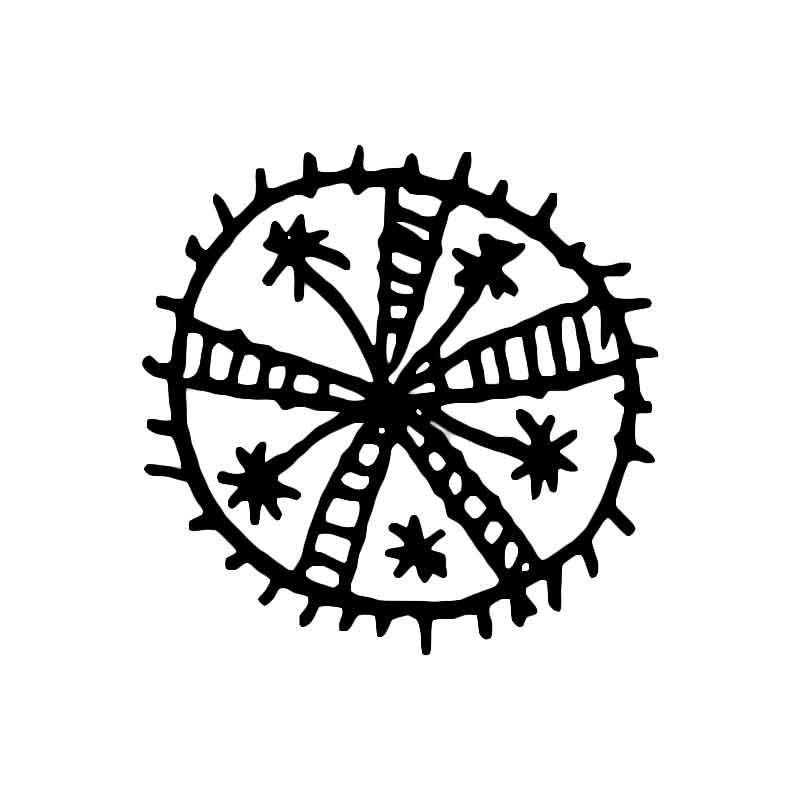
Universe, Sun, the whole, harmony
-
It’s universally the symbol for the sun and the earth/nature, in some northern and eastern parts of europe it’s symbol is more developed into harmony and meaning the whole in a sense that it emcompasses the existing. Some of these are very similar to the petroglyph solar wheel.
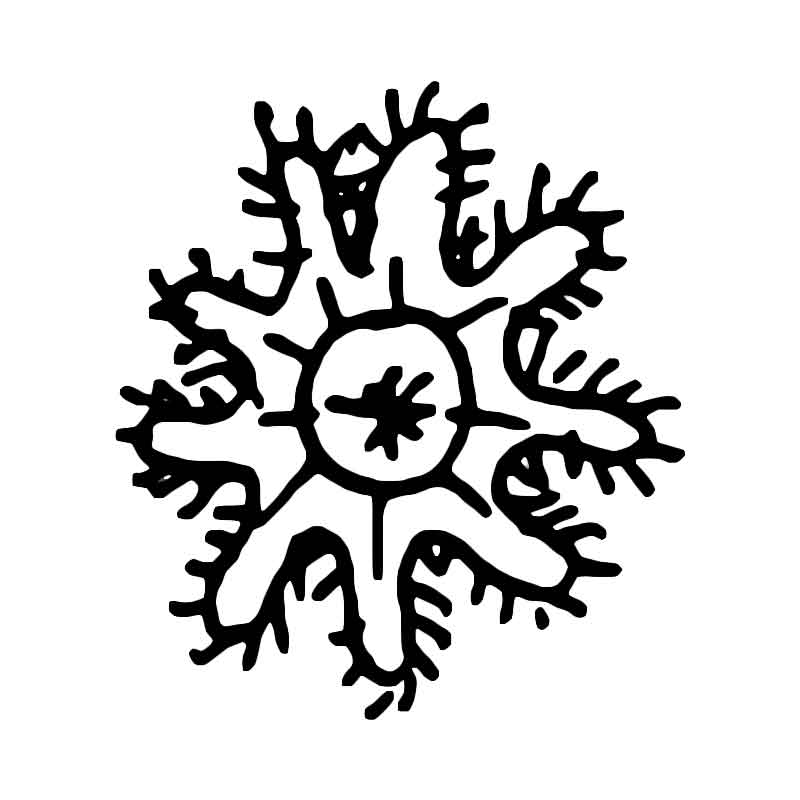
Many meanings, it depends on the number of spikes it has
-
Not much has remained from these but considering different artworks have a certain number of spikes then we can say it meant something. Some verbally remained meanings are that 5 spikes meant to stay silent and to listen, 6 spikes meant unity, community, luck and fortune, 7 spikes meant the whole and belonging.
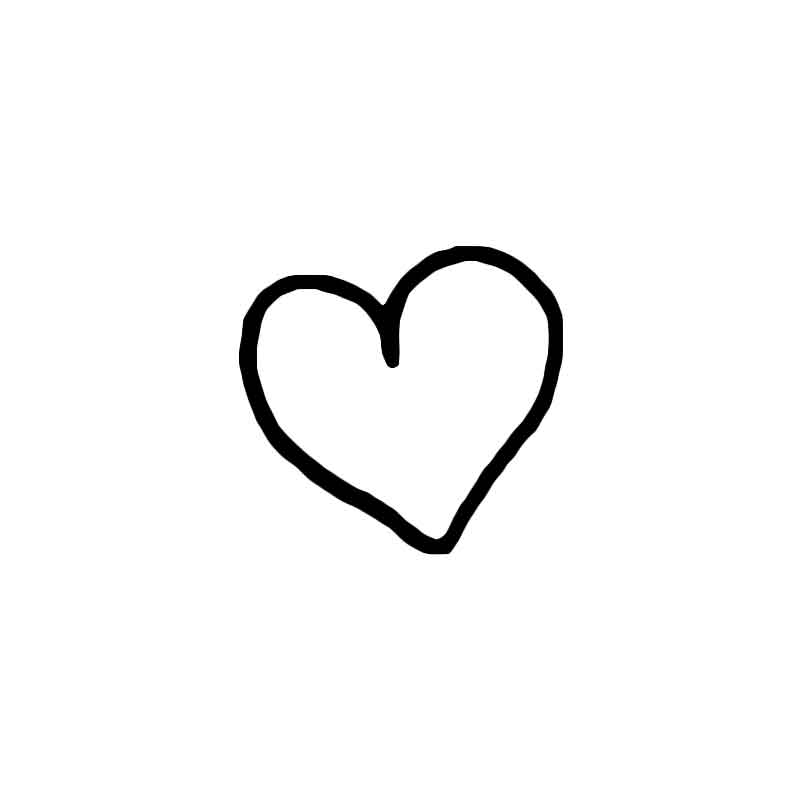
Sexuality, Healing, Fertility
-
The meaning of love was later attested to this symbol, it’s speculated that the symbol derives from a now extinct plant called Silphium, it was used as a spice but also as a medicine and birth control. The symbol comes from the seed of the plant that was said to resemble the shape of the heart symbol and it’s recorded by many ancient texts. Due to the plant being extinct we can tell the ancestors liked it, another possible meaning for this could be the breasts of a woman, the behind or like the Venus of Lespugue the breasts and the stomach section down to the legs and thus rather being associated with fertility and sexuality. The meaning of romantic love was probably given to this symbol around the 10th to 12th century.
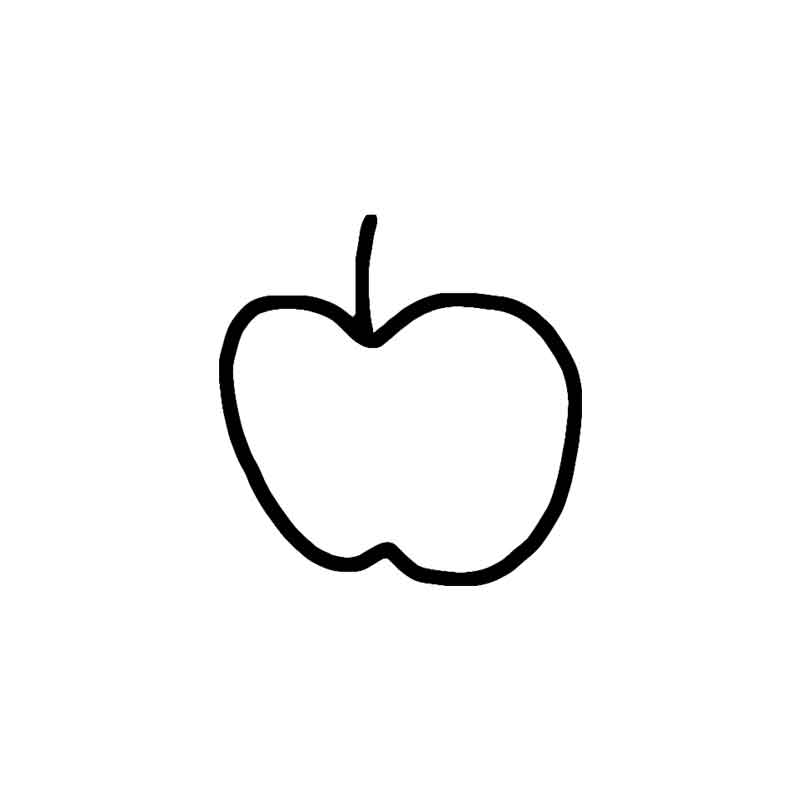
Fertility, Sweet, Beauty, Youth
-
A very ancient symbol, apples are associated with several gods afterwards and they serve the same meaning as youthfulness and beauty.
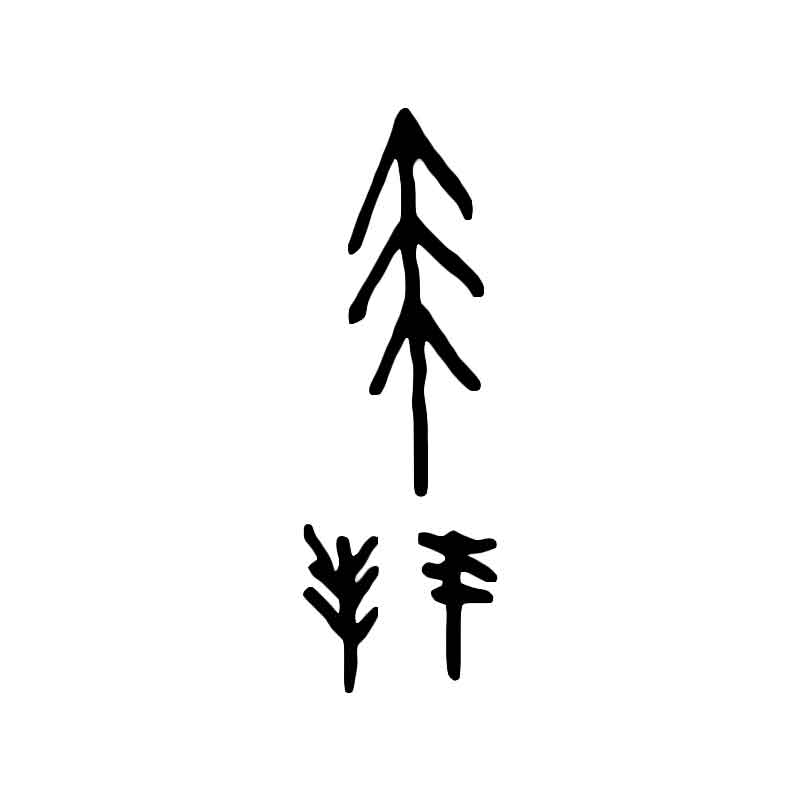
Nature, calm, rest or a landmark
-
This one again depends on the surrounding elements a lot, most of the time it was decorative with perhaps meaning resting or to soothe the magic of the elements around it so it would not get too crowded. It was probably also used to mark where great hunting/gathering grounds are or something similar - these are very ancient and hard to tell for sure, we can only guess based on the elements around it.
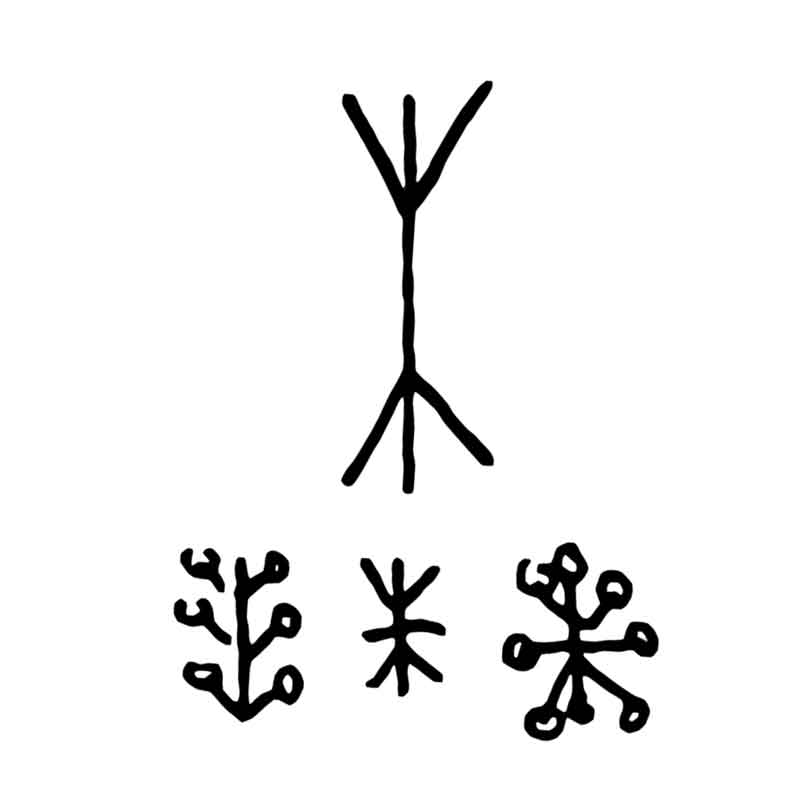
To connect worlds, mystery, fertility, the tree of life and all its meanings
-
Very ancient symbol as well, since our ancestors were very keen of groves then this is a very prominent symbol across all of europe. To the vikings it symbolized the connection between the nine worlds and was to them the combination of two algiz runes, it’s also speculated that the algiz rune developed from this symbol as a lot of runes have come from earlier symbols. One variation of this symbol shares its visual with the Donderbezem that was very popular around the area of the Netherlands.
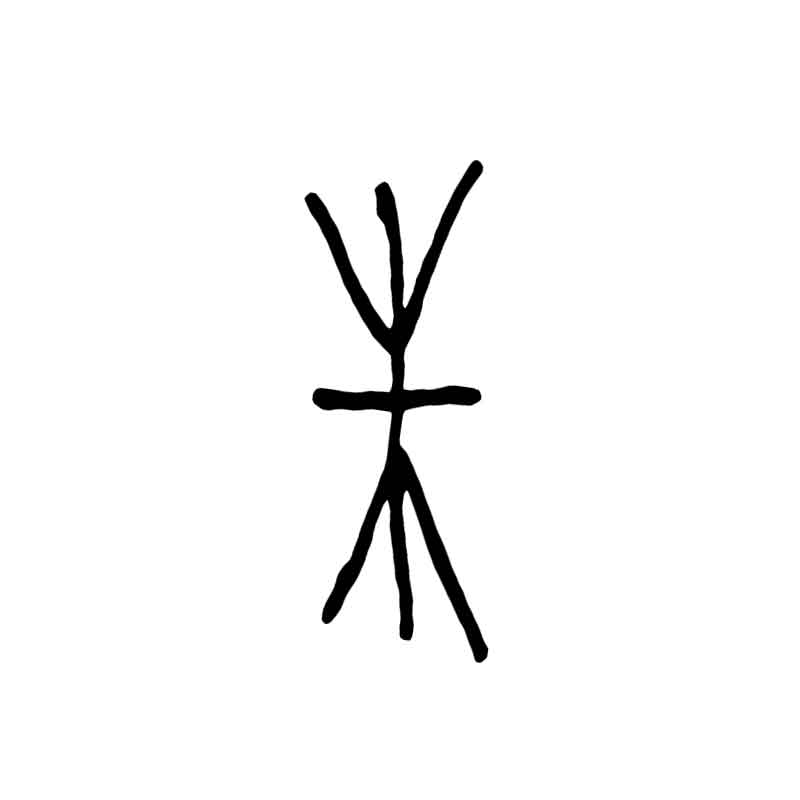
Protect against lightning strikes and evil spirits
-
It symbolizes visually the end of a broom. Mostly found around the Netherlands and parts of Germany and Poland. There was a tradition to leave a broom at the door to not let spirits in when leaving the house, this was practiced around a lot of places but the symbol is mostly from the previously mentioned places. Later on the symbol evolved into a mill or a variation of the tree of life. It was associated with the god Thor and could be the ancestor of the hagalaz rune as well.
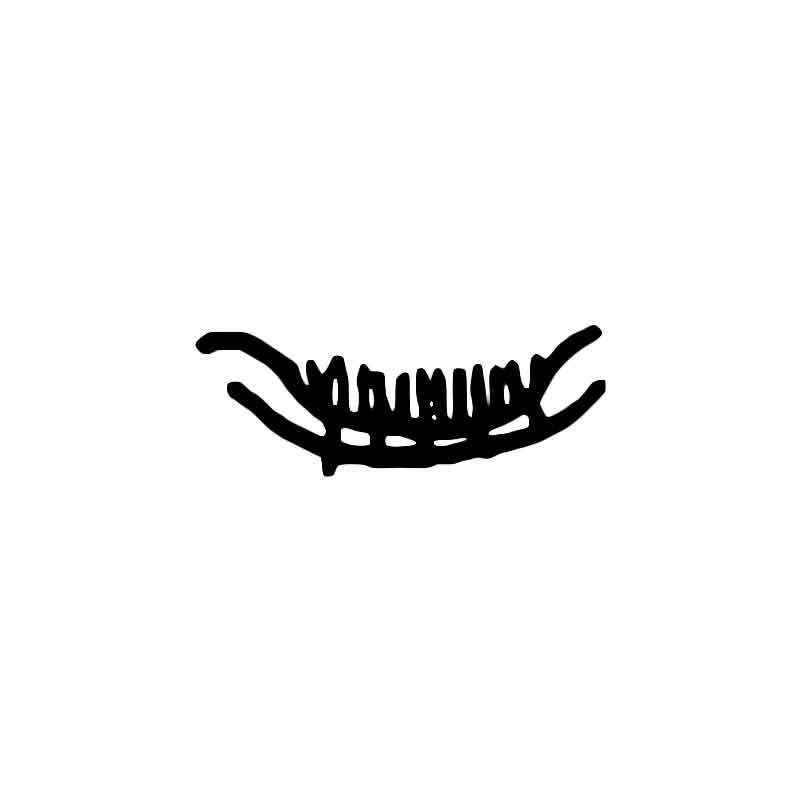
War, Fertility, Death and the afterlife
-
Most of the ships depicted are full of men so it’s safe to assume these were war ships. Some are depicted with what seem to be priests on them with slightly curved heads or robes. Our ancestors paid great respect to the ships, they were not just for travelling but living and breathing beasts to them. The ships would be carved or painted on burial sites as well since the journey in the afterlife would be taken on a ship or a cart.
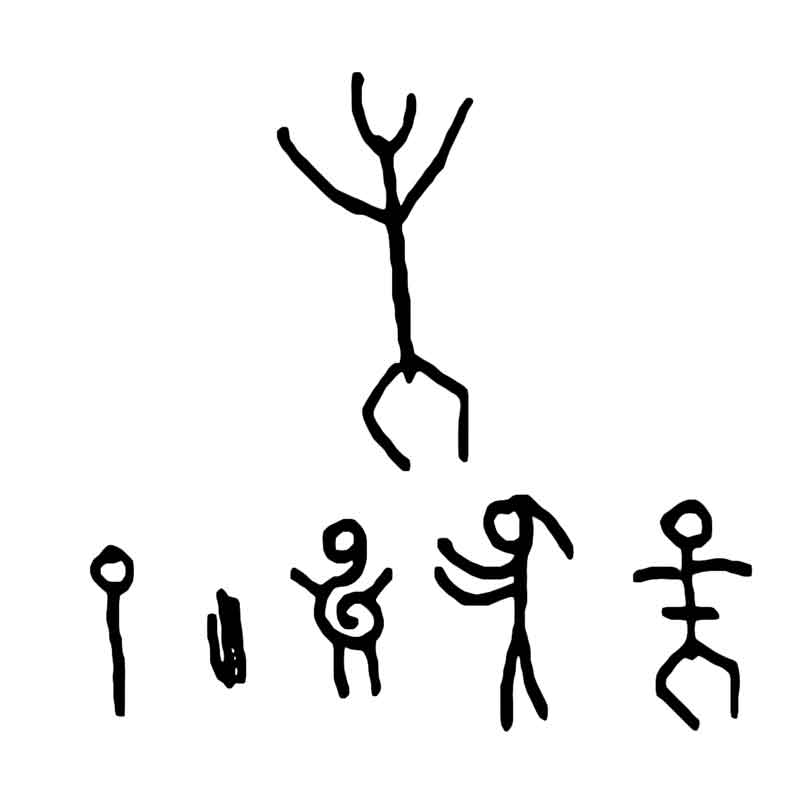
People themselves, emotions, wars and important events
-
People were painted or carved hunting animals or waging war against each other. These could have been important events that were recorded as artwork, ceremonial rituals or tales from mythology as we often see a similar depiction which indicates that it might be a tale our ancestors told each other or perhaps a myth of a deity. People were also painted kissing and showing emotions, spinning the sunwheel, riding on carts, dancing, performing sacrifices or rituals and doing all kinds of different activities. People depicted with bent knees or in dancing motion could also mean those that have passed the ancestors as well as bent knees could mean giving birth as we sometimes see people with bent knees and something attached to their stomach
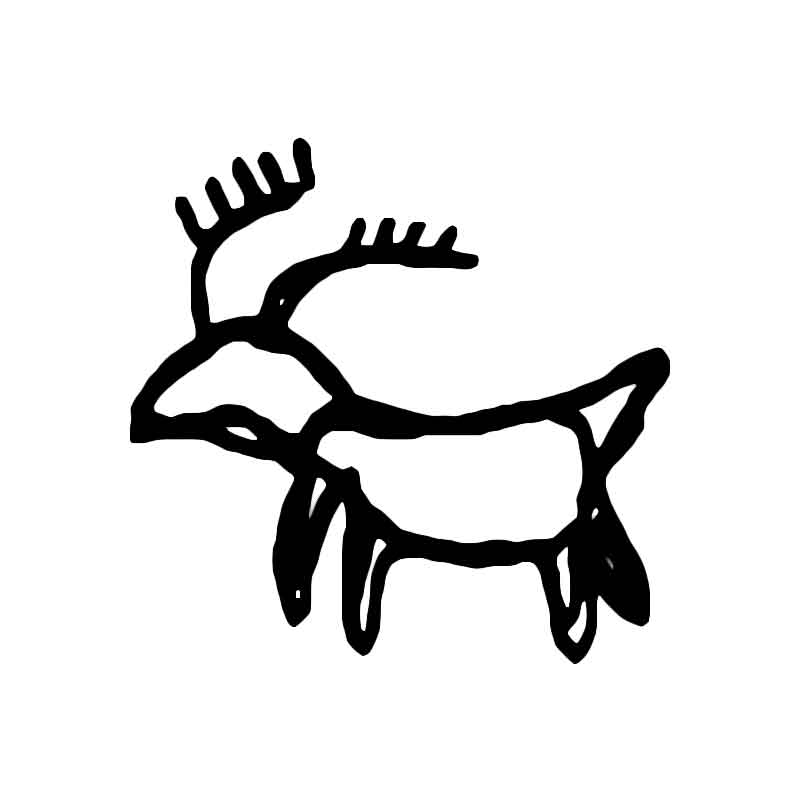
Besides being the animal itself they could have meant a journey to afterlife
-
On petroglyphs found in todays Finland we see petroglyphs of elks with their antlers carrying people, this could be a similar ritual to the ships that would travel in the afterlife. Often elks are depicted together with humans, the reason is unknown but it could mean that elks were seen friendly and people coexisted with them and honored them, the human is almost always depicted exactly behind the elk. Some pictures show people riding them and some have the humans strangely close to the behind on an elk, but lets not make any assumptions here perhaps there was not much room on the rock.
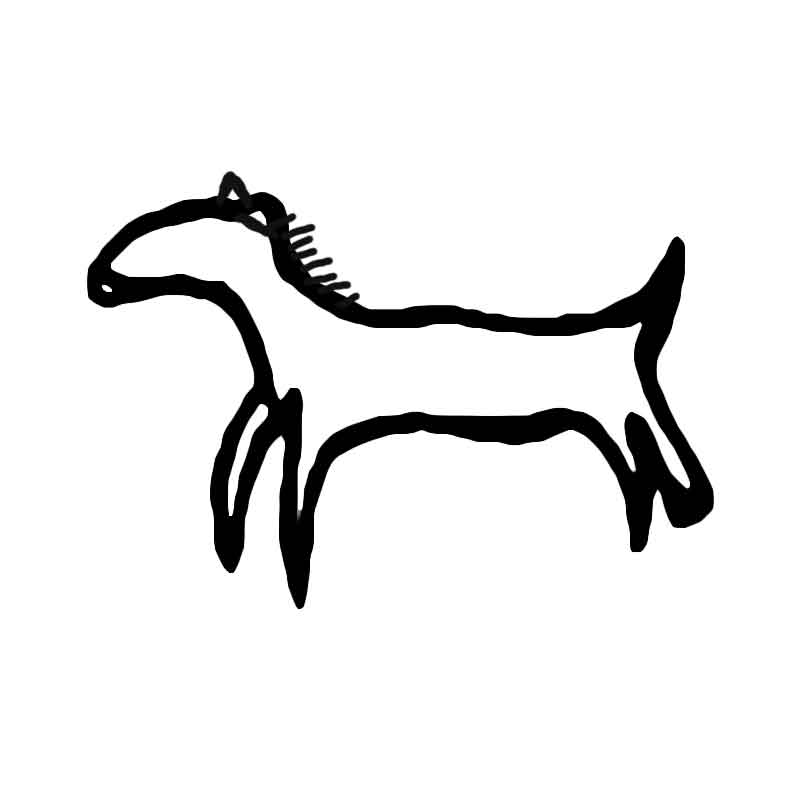
Travel, Leadership, Mastery
-
Horses were domesticated over 6000 years ago and the art travelled with the people to todays Europe, with possibly a military takeover due to some traditions changing very suddenly from archaeological finds thus indicating that no merging of cultures happened but rather a sudden stop of traditions. The horse itself was like a sports car today only that we don’t eat our cars. It symbolized wealth and mastery as well as supernatural meanings. In a lot of the cultures the sun was carried across the sky on a horse or in a chariot that was pulled by a horse. There are ancient artifacts found where the wheels of a cart would be golden as well as the horse itself would be on golden wheels with a sun in it’s chariot - which presumably was a toy or a decorative, ceremonial item. The norse gods had horses and one specifically famous is Odins horse and Lokis child called Sleipnir with 8 legs, this was possibly a reference to movement and especially fast movement.
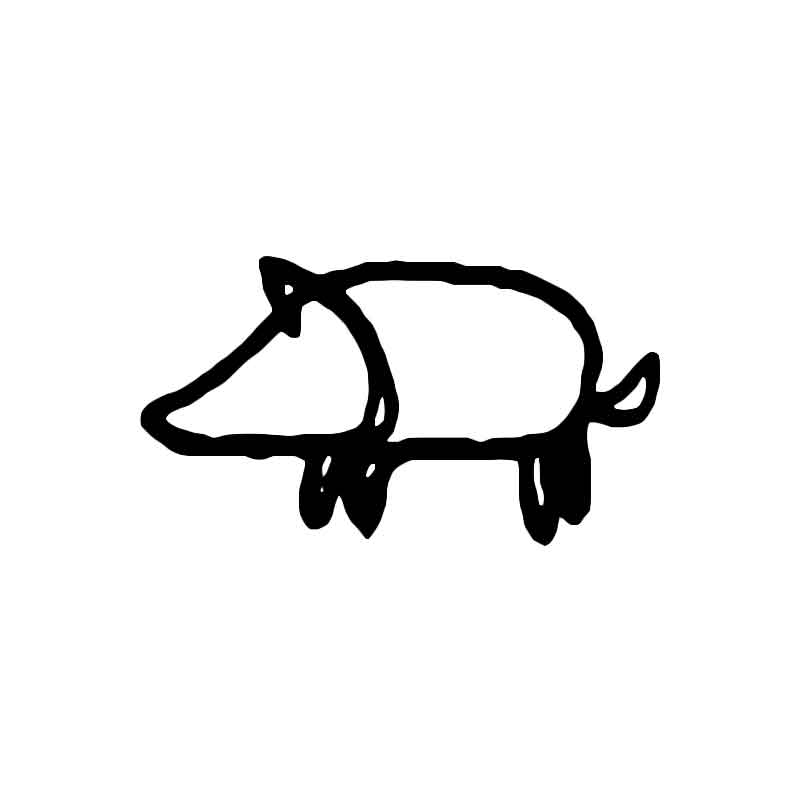
Protection, War, Strength, Priviledge or Royalty
-
A somewhat forgotten animal which once was perhaps the most important and tied to war as we see a lot of early depictions where warriors wear boar pelts or boars on their helmets. Boar meat was served at Valhall for the Einherjar along with mead every night, with the boar Sæhrímnir being slain and resurrected each day. What a way to live. The animal was also associated with the norse gods Frey and Freya who both are of the Vanir family who were older gods and probably worshipped hundreds of years before Odin and others came along
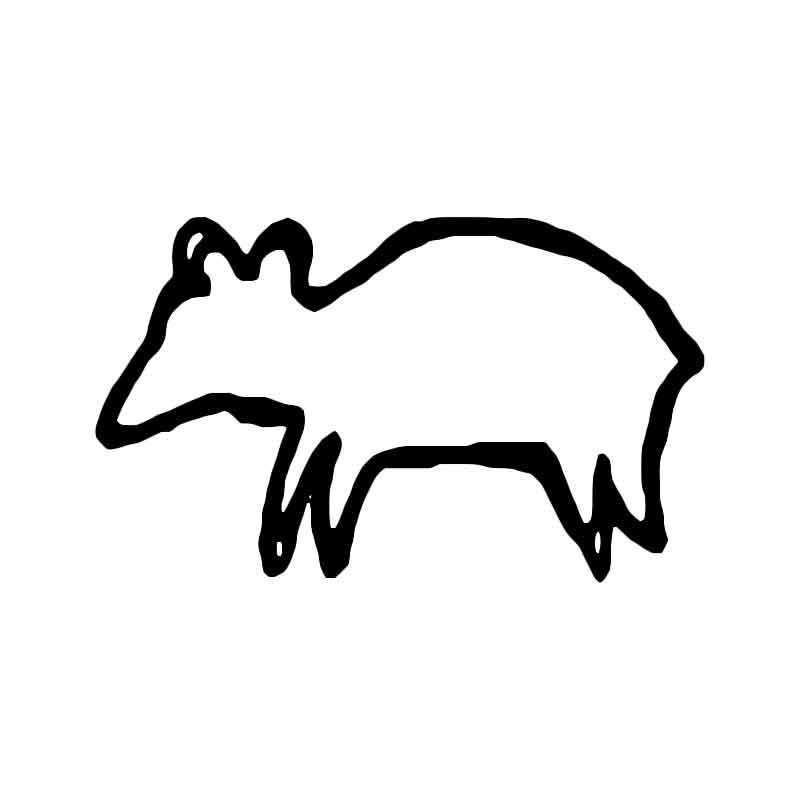
Fear, Respect
-
The bear was perhaps the most feared of the beasts with even saying the word bear would summon it, thus dozens of nicknames were given to the bears in all of the cultures. Berserkers would wear bear pelts likely and they were exiled from communities to live on the outskirts of towns in the forests nearby since they were deemed to dangerous to live within the society.
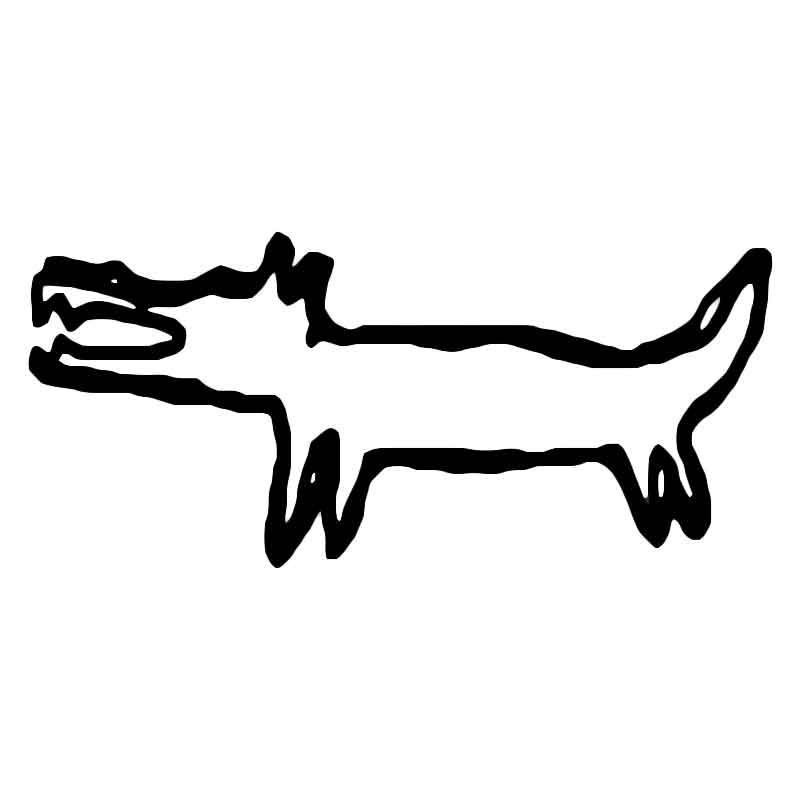
Destruction, Chaos, Loyalty but also Care and Nurture
-
The wolf is a respected animal and fear often goes hand-in-hand with it thus it depends on the depiction. Wolves are seen as taking care of people as well for example Romulus and Remus the founders of Rome drink the milk of a she-wolf and wolves move in packs most often, thus giving more meaning to the symbol of loyalty. Ulfhednars were a sort of similar being to Berserkers, with them wearing wolf pelts instead of bear. Ulfhednars were assigned to Odin while Berserkers were assigned to Thor. They were seen as an even fiercer force than the Berserkers though with not wearing shields or any protection
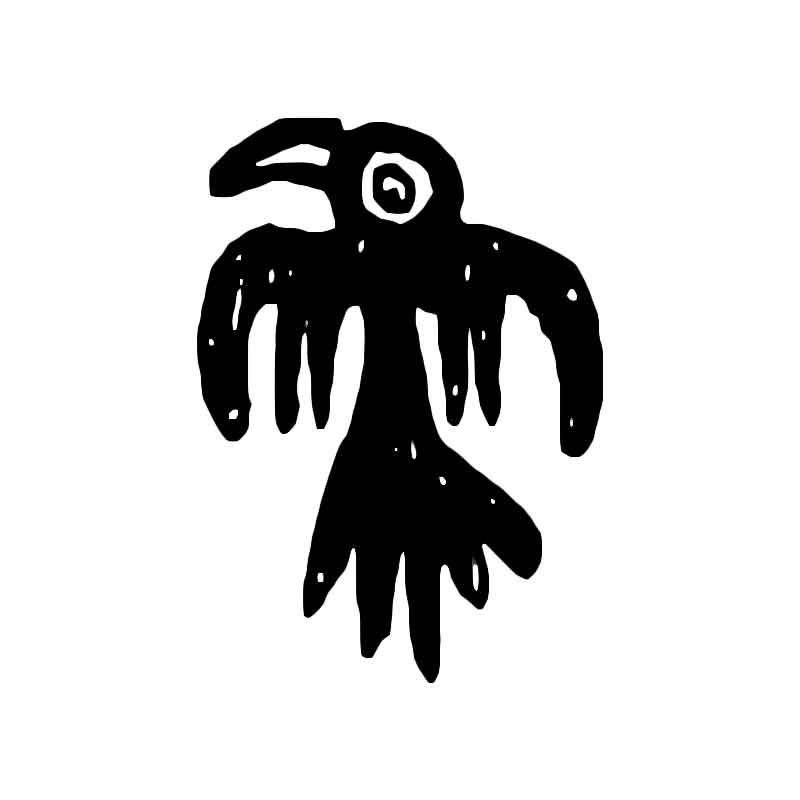
Wisdom, Foretelling, Knowledge, War, Death
-
The god Odin had two ravens Huginn and Muninn who were representations of thought and memory. Ravens were omen bringers and often associated with fortune telling and signs of future, although any animal could be a Fylgija (animal manifestations of people basically) they were mostly associated as one.
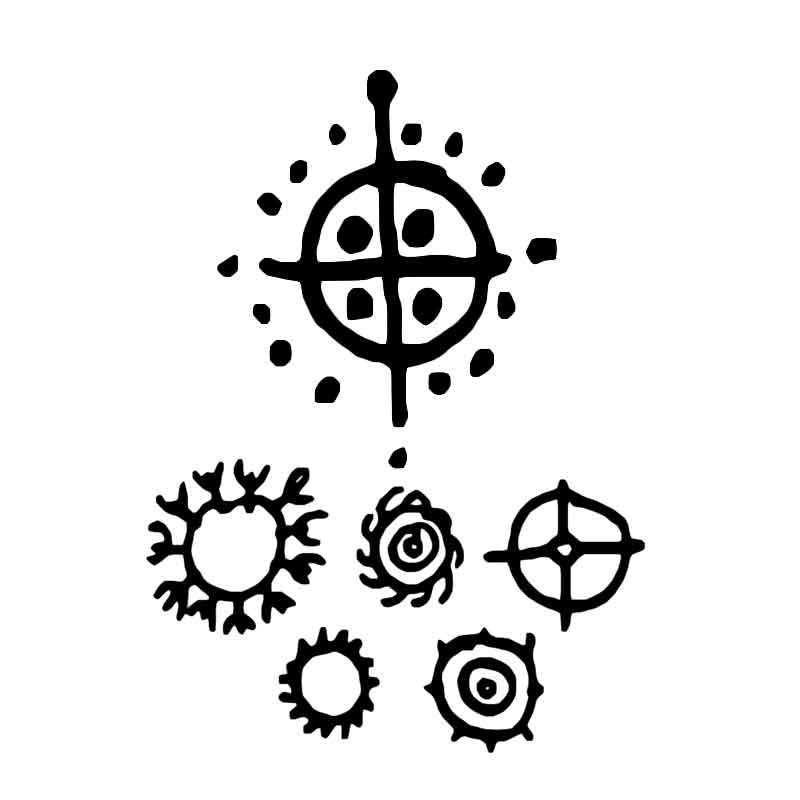
The sun, Fertility
-
The most common symbol, the solar cross, sun wheel, spoked sun or how any way you wish to call it. It’s a great symbol of our ancestors that symbolizes the sun and I’d like to think that the four dots inside the sun are representations of the four season with sun spinning them around to us. The sign was associated with fertility. The symbol is associated with a lot of festivals during midsommer festivities there are wreaths made and burned in the shape and people would roll burning solar crosses down hills to symbolize the movement of a sun.
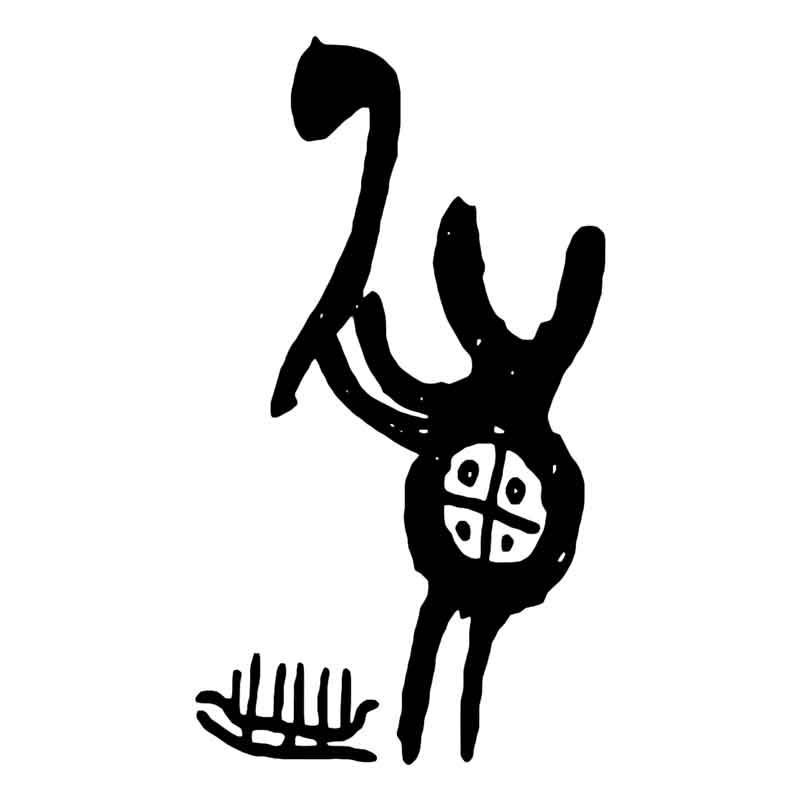
War leaders, Heroes, Mythological beings
-
Often we see larger depictions of humans on rock carvings, it could mean they are closer to the viewer and on the foreground while others battle in the distance if we put it into a three dimensional view but they are very likely warlords and leaders with the size depicting their ranking and status in a community rather than their actual size. We often see them decorated highly with clear weapons and battling one another.
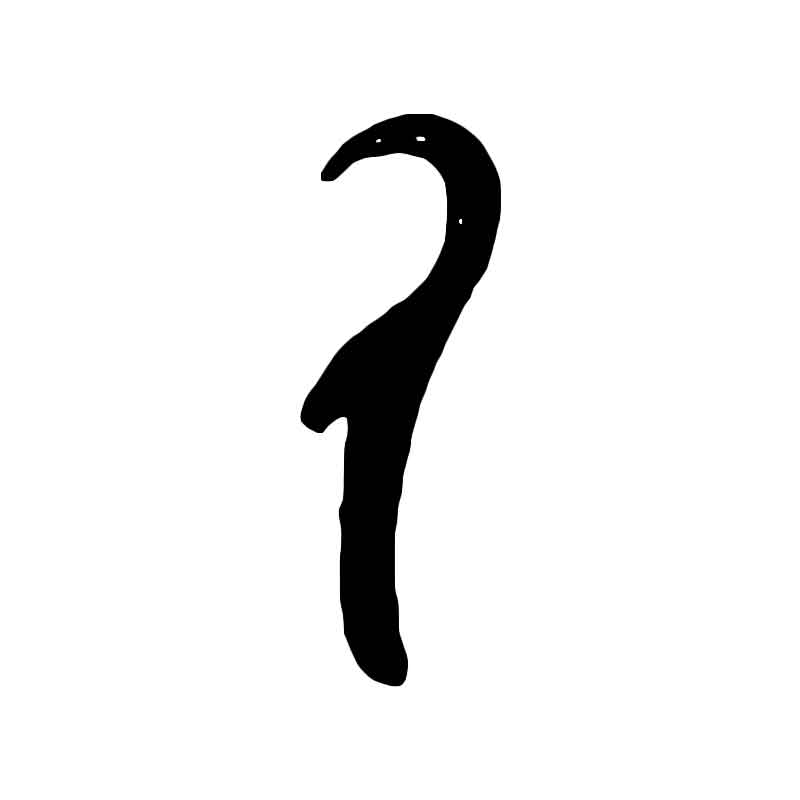
Perhaps a ritual, or cloaks just to protect against heavy rain or water from the waves
-
They do seem to be rather related to rituals as they are often seen around altars thus we can attribute those on the ship to symbolize perhaps a journey through the afterlife? An offering of respected people by the community going to talk to some ancestors from the underworld. The number 8 seems to be associated with them given that usually it’s 8 priests depicted in a line - considering 9 was a sacred number perhaps the ninth priest was a deity or the ninth being offered.
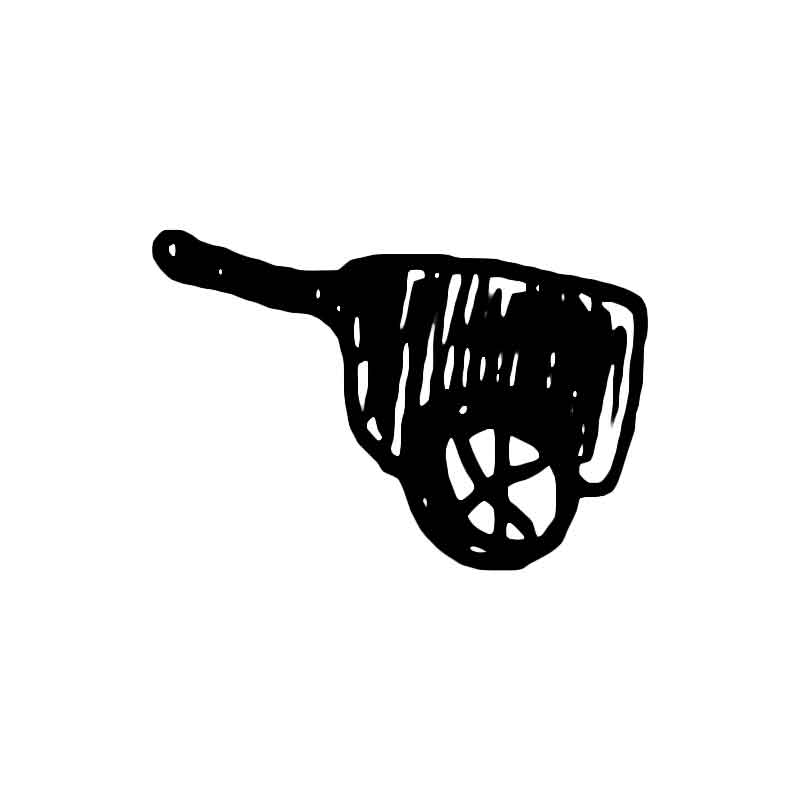
Movement, Sun, Respect
-
The sun was carried in a chariot by horses in a lot of cultures and the chariot was an incredible invention to our ancestors. It allowed greater movement so as the ship it was viewed as something very sacred and rather a living being a part of the people. The chariot is associated with a lot of deities and rituals, for example a ritual associated with Nerthus was to drive a wagon through the city to a grove in a swamp. The god Freyr is often depicted in a chariot as well as other gods riding in chariots. The chariot or rather a cart also enabled the transportation of heavy objects and large quantities of objects to be transported with ease. It was also associated with the afterlife journey one would take.
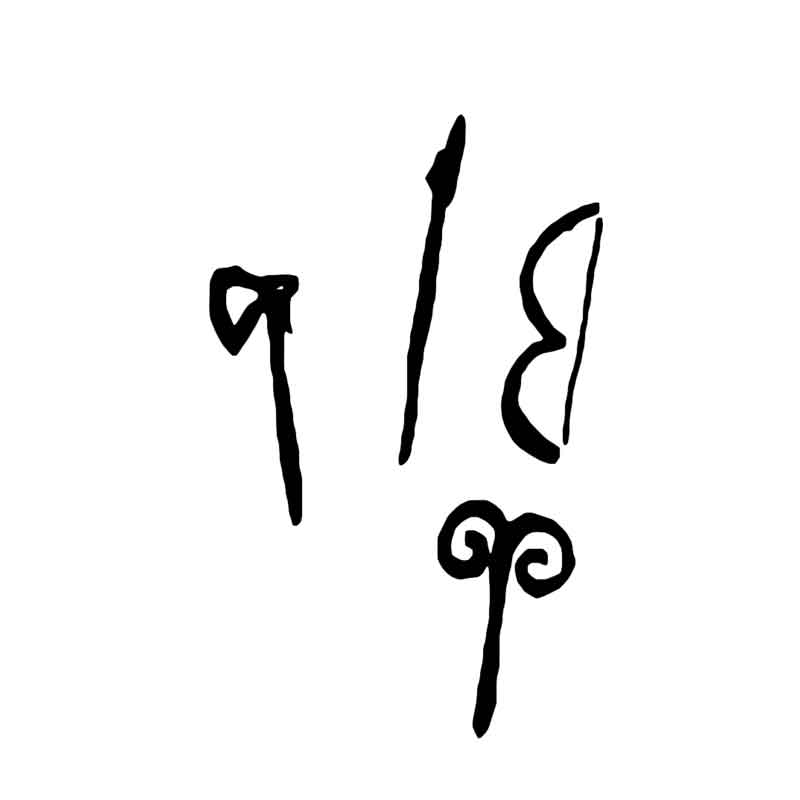
The weapon itself, a cultures preference
-
From this we can learn what weapons were valued and which were used, we see hammers, clubs and axes as well as spears, bows and slings with some warriors wielding shields which are sometimes decorated as solar crosses or other decorative elements added to them. From this we can see clearly which was used for which activities and assume shield were decorated, with bows and spears mostly being for hunting animals. While axes and clubs seem to be for warfare and rituals, a club or a hammer could be associated with the earlier version of the god Thor with the rituals being that the sacrificial person or animal being beaten to death with a club.
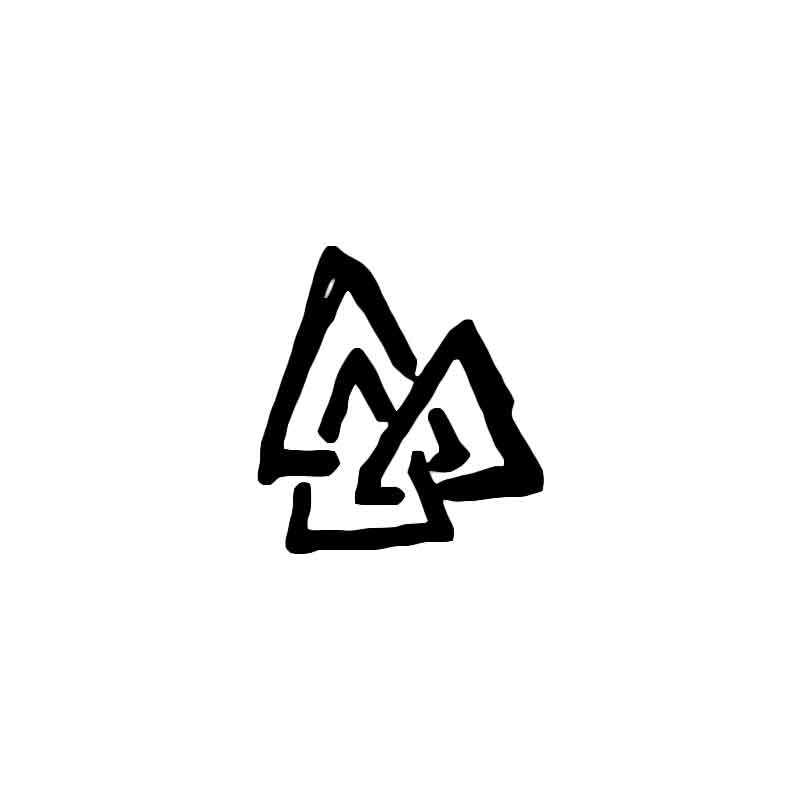
Fate, Sacrifice, Death, Ritual, Action and Reaction, Offering
Around 500-700 AD, most prominent during the Viking age
The knot the fallen (those slain in battle), as with many of these symbols we dont know what it was called back in the day, so the name knot of the fallen is given to it because of the context it appears in. But the symbol itself was most likely associated with Odin and sacrifices. My own interpretation is that it could mean movement or fire considering what the triangle could mean and fitting it to the surrounding image it’s often seen in. It could also be a state of mind or emotion, the symbol is always a supplementary image added to fill space it seems. It’s speculated it might be the Heart of Hrungnir whose head, heart and shield were made of stone with the heart said to have triangular shape, said to be three sided.
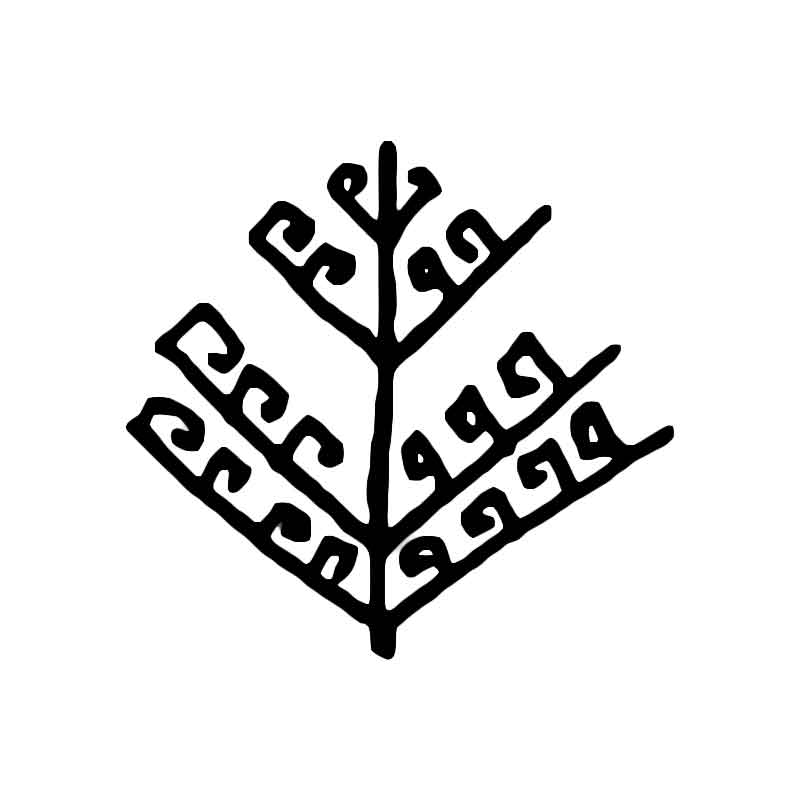
The World Tree, Tree of Life, The Nine Worlds, Fertility
Around 1040-1170 AD
Seen on the Överhogdal tapestries the symbol is likely to symbolize Yggdrasil with people and animals rushing by it. It is speculated that the tapestry is a representation of Ragnarøkkr
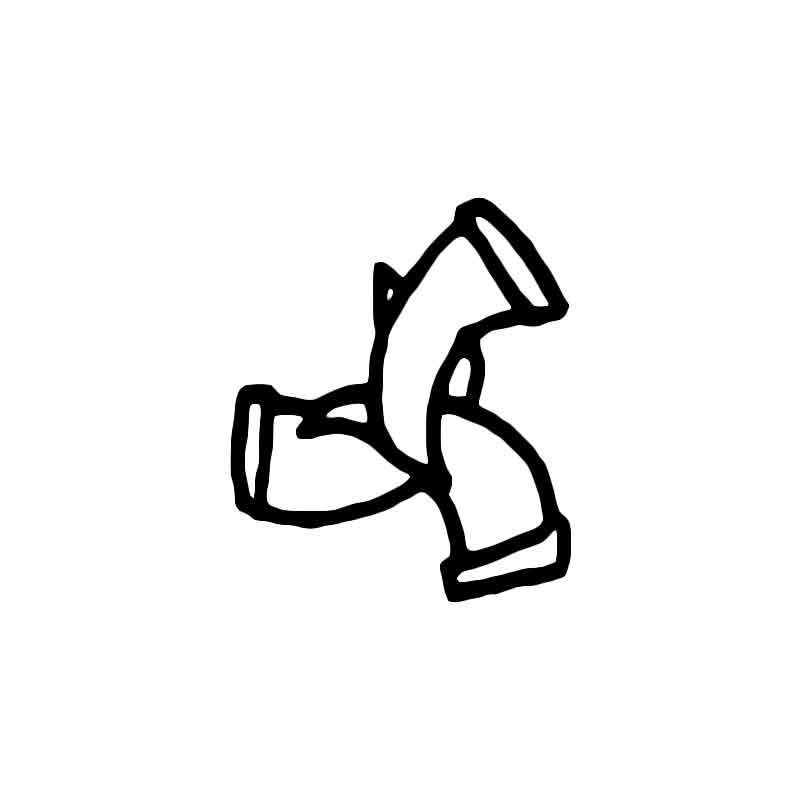
Knowledge, Wisdom, Learning, Law, Leadership, Artistic Inspiration
Around 600-800 AD, seen on multiple stone engravings
Its likely related to the mead of poetry that Odin drank for three days while seducing the frost jotünn Gunnlöð, he said to take a sip and then drank the horn in one sip. After three days he dipped while disguised as an eagle. A regular Tinder date if you ask me, that’s the first netflix and chill recorded. The horns had names which were Óðrœrir, Boðn, and Són and they contained the whole mead of poetry in them which was created from the slain Kvasirs blood mixed with honey. It’s said that there was no question Kvasir could not answer. Some tie this symbol together with the so-called Valknut. It is found on the Snoldelev runestone, the Gotland G268 runestone and possibly the Tängelgarda stone where a warrior on a horse who possibly is Odin is seen with the symbol decorated on his shield.
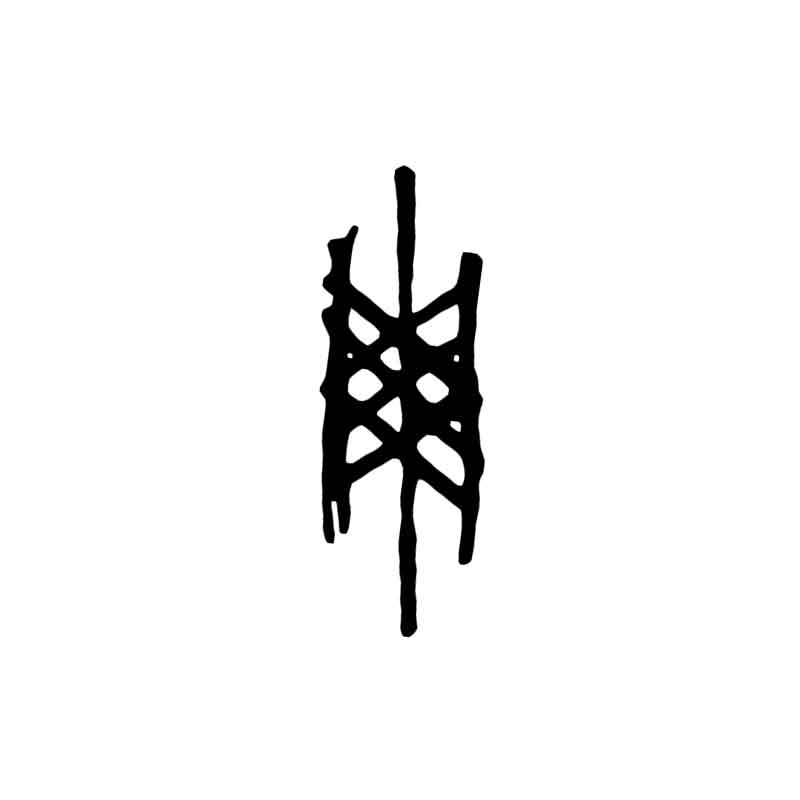
Fate, Past Present and Future, The Norns, Weaving, Runes
Likely 1997, December 31st
The design features the web of fate, also called Skulds Net, The Matrix of Fate or Helrunar which is from a book by the same name. The design can fit each rune into it and its origin is most likely from the Helrunar book written in 1997.
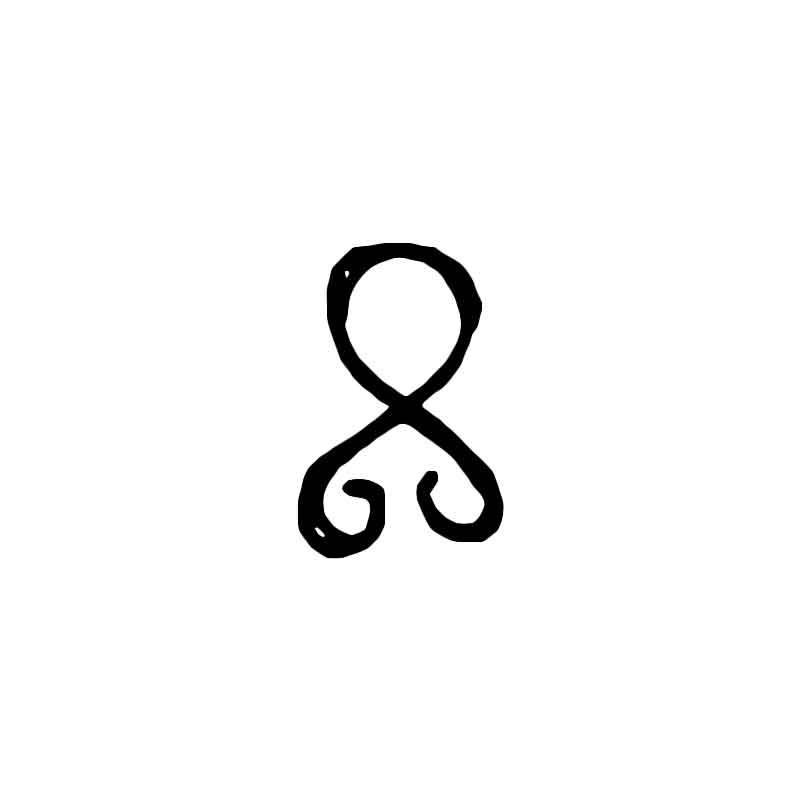
To protect against magic and ward off evil spirits
Around 1990, done by the blacksmith Kari Erlands
It was first created around 1990 by the blacksmith Kari Erlands, this is a symbol thats often practiced by blacksmiths. He said it was based of a rune found at his grandparents house. The design itself is similar to the Odal rune and possibly derived from it considering the Othala rune was drawn on doors as well to protect and variations of it were created often to be then used as family symbols. The symbol itself would be carved or crafted on top of a door to prevent trolls and evildoers from entering the premises.
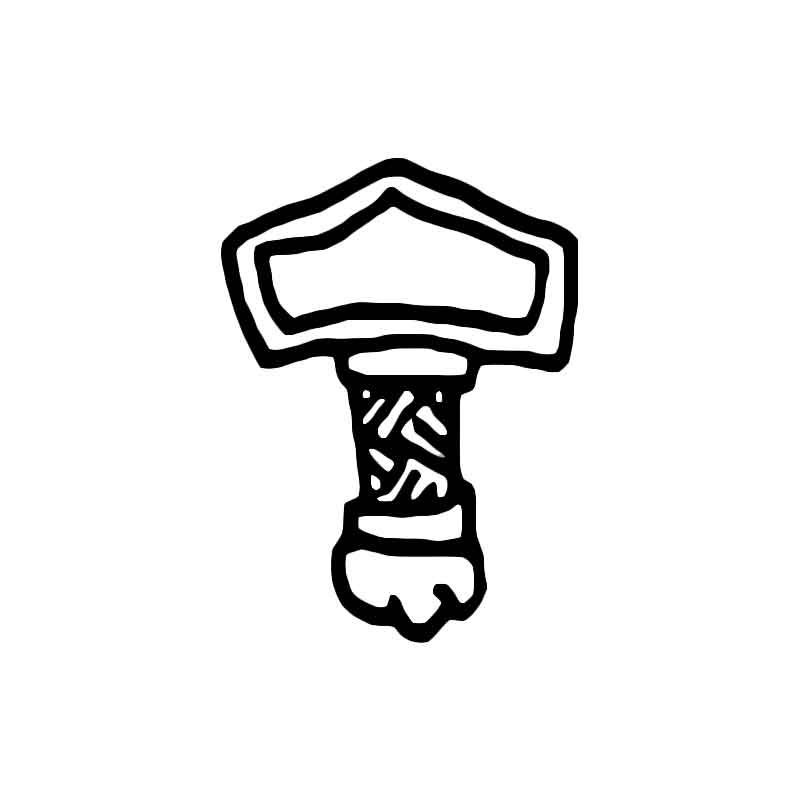
Thunder, Strength, Luck, Fruitful Wedding
Unknown, prominent during the Viking age as a jewelry, the god Thor and his hammer are probably way older and hard to pinpoint a certain time period. We even see a giant figure wearing a hammer in petroglyphs
The hammer of Thor that was crafted to him by the dwarves Brokkr and Eitri, the handle of it is short due to Loki making memes with the dwarves while they were busy crafting this thing. The hammer is said to change its size with it fitting in the hand or in the pocket or as jewelry. The wedding of Vikings would involve an imitation of Mjölnir with it being placed in the brides lap, sometimes this could’ve been an axe as well. This would then ensure a fruitful marriage with the blessing of Thor, considering it was placed in the lap it could’ve also blessed the family with a lot of sons. The Mjölnir was worn during the Viking age as a necklace and was often made of bronze.
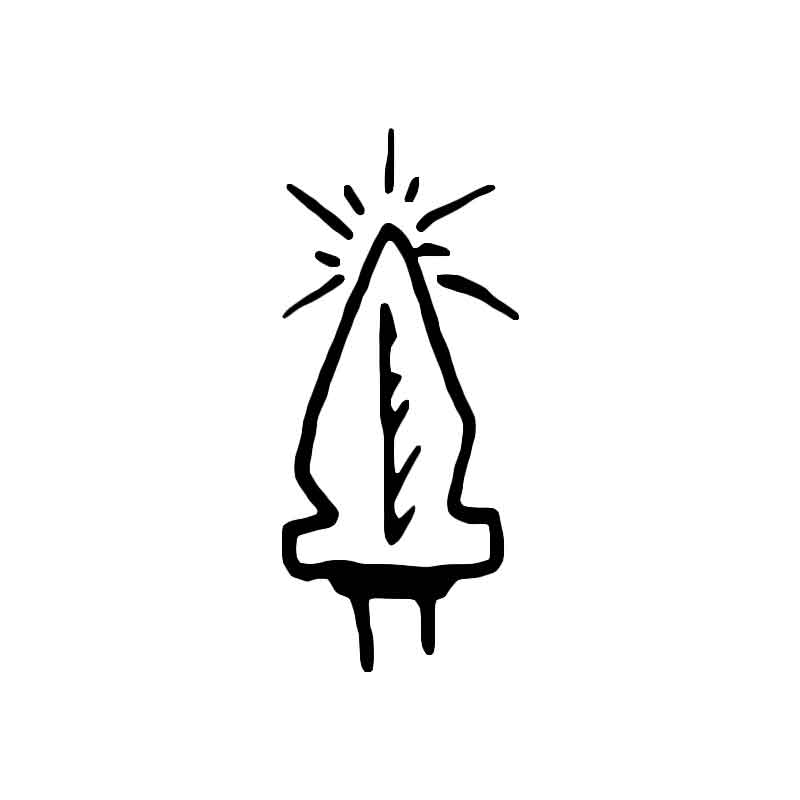
Precision, Striking, Sacrifice
Unknown, the same as with Mjölnir, the Gungnir has probably been a part of Odin from the days of Woden/Wodanaz as have the Ravens and Wolves.
Odins spear, it would not miss its mark and often Odin would sacrifice people on his spear. Sacrificing someone by hanging them or piercing them with a spear was the way to offer that person to the god Odin, the words “Nu gef ek pik Odni” would be said before impalement. Gungnir was also made into jewelry and then worn to gain the blessing of Odin.
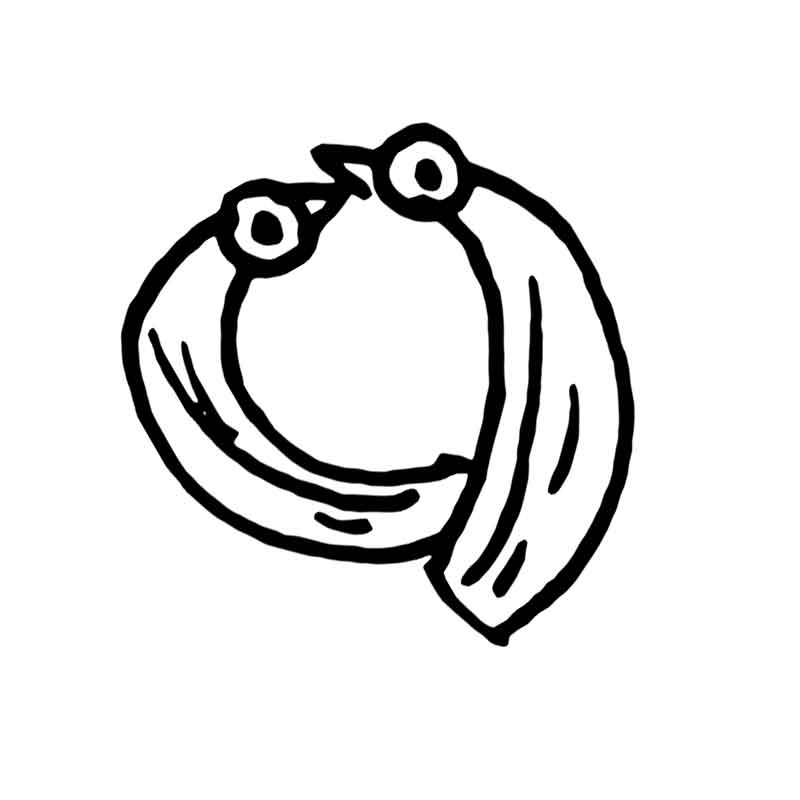
Thought and Memory, Sanity, Aging, Surveillance
-
The ravens of the god Odin with Huginn meaning thought and Muninn meaning memory. Odin fears that one day they will not return anymore, this is probably a reference to sanity. As in the older days elders were not really respected that much, we do see from the times of the neanderthals that people were not as cold as it seems, they cared for one another and those that fell ill or were badly injured were taken care of, we can say this by looking the way bones have healed over time meaning that the person had time to heal. But this could hint at Odin being afraid of falling old or with the wisdom he acquires he ends up suffocating himself with all this information and going completely insane. Huginn and Muninn fly around midgard and bring back news to Odin of what the humans are up to. They are often depicted above the head, coming from the head or sitting on the shoulders.
But until then all the best and don't stop looking for wisdom!
Outstanding beautifully written and explained well done there is always more to learn and most grateful for the the time efforts trying to stay awake and keep reading still more to go just had to show some appreciation TAKK
Great work, thank you for compiling this list. It’s quite a bit
more extensive that most I’ve found on the net.
One thing I’d like to add about the Triangle, if you don’t mind:
The triangle is also a symbol of manifestation in some schools
of occult practice. I learned this in my studies in Hermeticism
and Ceremonial Magick.
Also, kudos for adding the bit about Hrungnir’s Heart under the
Valknot. I don’t believe that’s a widely known theory yet.
-best shop! made by my dad! sybols-why is the sybol so amasing (((: _i rate 1000000000000000000000000000000000/10
Thank You for all your wonderful work and putting on a well-set-out website, I very much appreciate the work you have done and that we can all benefit from. Thank you.
Thank you so much for this website. Very interesting and nice read.
What does an arrow pointing up mean with a triangle in the middle on the right with a diagonal line going across at the bottom mean please?
ingwaz
On a Thors Hammer what does the dots in the triangle shape mean.
Thanks any advice appreciated 🏴👍🏻
What’s the meaning of the diamond with the straight line on top and one on the bottom
hi, Possible it sound crazy to you but could you help me to descript woodstickglyphs found in the whole world. This is no fake. some glyphs i could identify some glyphs on the beas of a,erican nativs glyphs and paimtimg and they seem to fit . The awsome stuff is that some glyphs remember me to runes of course they are exist long befor the runes and maybe they could be the source of runes. Please watch this video and tell me what you are thinking of. https://www.youtube.com/watch?v=otM4cUUr2FE . when strat to research i found even this from ancient time 40.00 til 10000 bc https://www.youtube.com/watch?v=hJnEQCMA5Sg this are the first sy,bos ever prduved at thr ice age. The being which produced it on the first strip is also able to change and rearrangment this symbols this speaks to creavity and abstract thinking. Let concentrat us only to the glyphs and ignore please who or what produce it. zhank a lot
I need help understanding these runes please reach back to me. It is important to me it might just be gibberish but at the same time it might not be.
What does the arrow pointing down mean?
Thank you!
I was given the “REFLECT, HUMAN STAVE (TIP)” by the goddess Fayre in a dream along with the chakra symbol for the heart what is that supposed to mean? This was as close as I got to finding anything close to what was given to me.
Within each, the wisdom of the other.
seeing the symbols at the top, the markings on your house might mean the power of the sun or a illustrated version of the sun god( a triangle means Fire, Growth, Rebirth and Fertility, Sign of the gods. A line means connection. And a circle means sun, sprout, moon, and eternity)
Carved into one of our stone (reclaimed) of our house is a symbol which has triangle at the bottom with a vertical line going up from it’s tip into a circle with three lines onto that look like how a child would draw thd sun. Any idea what it means please?
amazing I might just start coming here for all my questions
i am so satisfacted.my english is poor, sorry :). thx for approving my user greetings wally
Hi there, I just wanted to let you know your website is amazing and wanted to thank you for having it! I’m a Colombian musician living in the US with a big liking towards (I guess) nordic culture and traditions. I currently have my Spotify full of Estonian Folk Metal (Metsotoll), and other very ethnic bands like Heilung and Wardruna.
Hope you’re having a great new year, keep it up!
